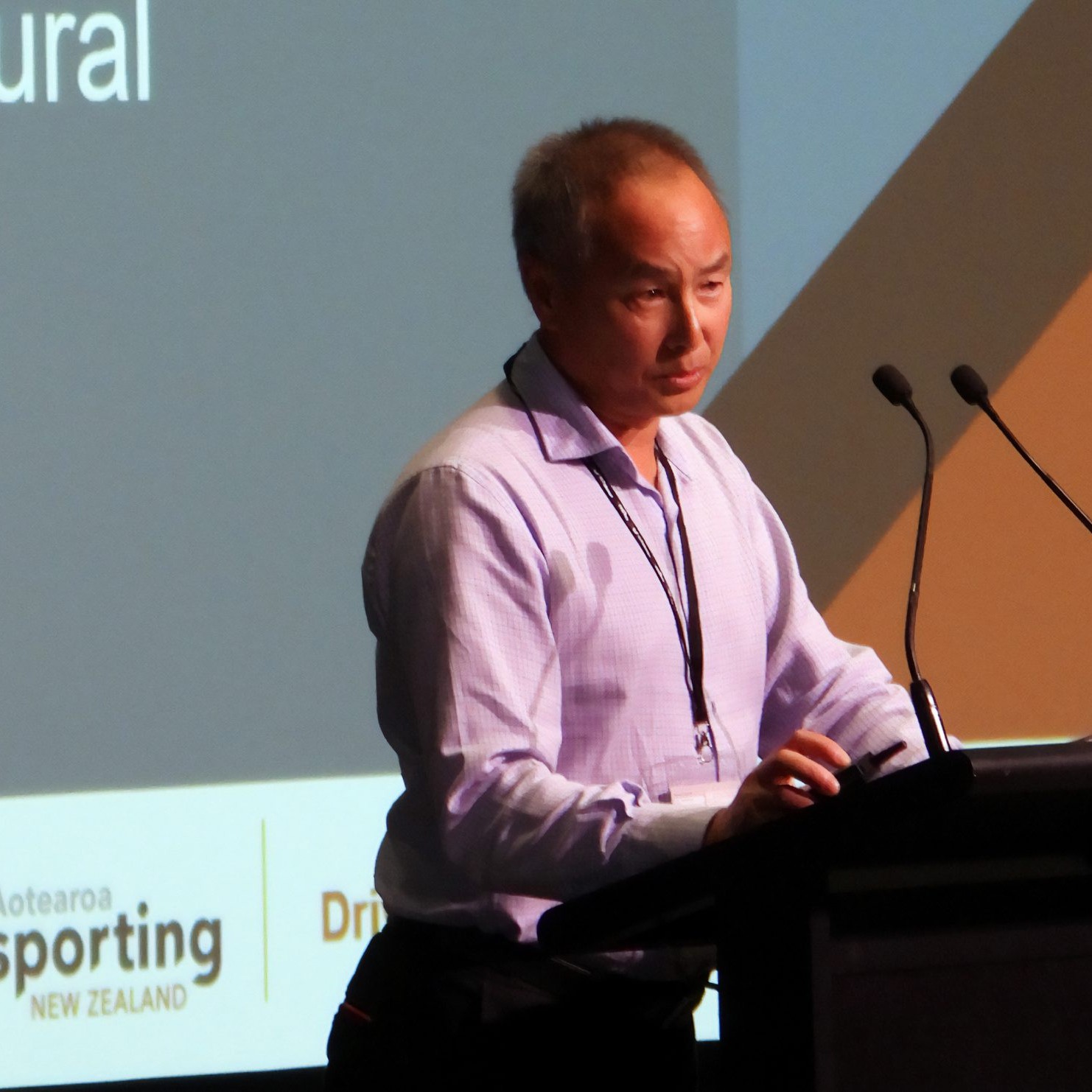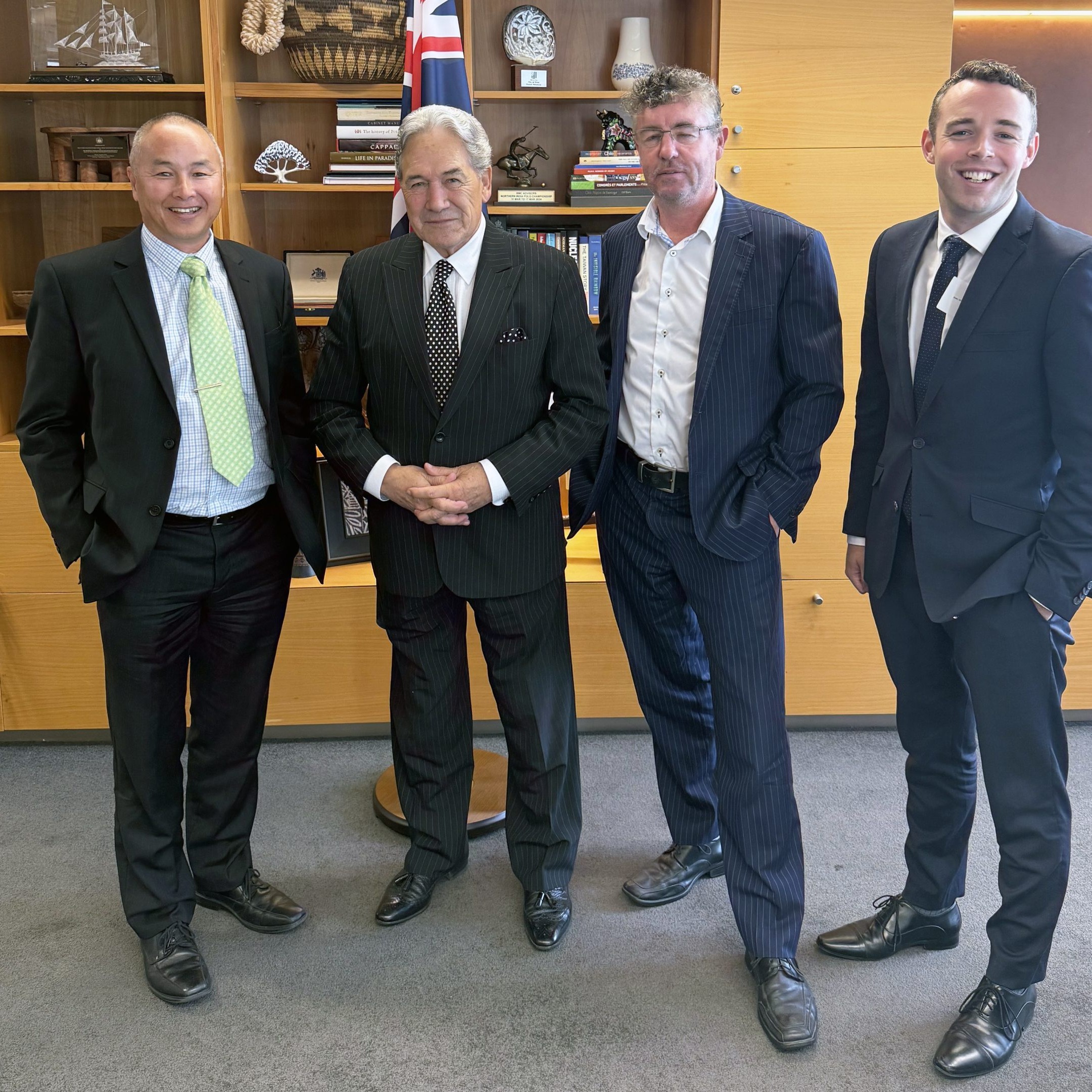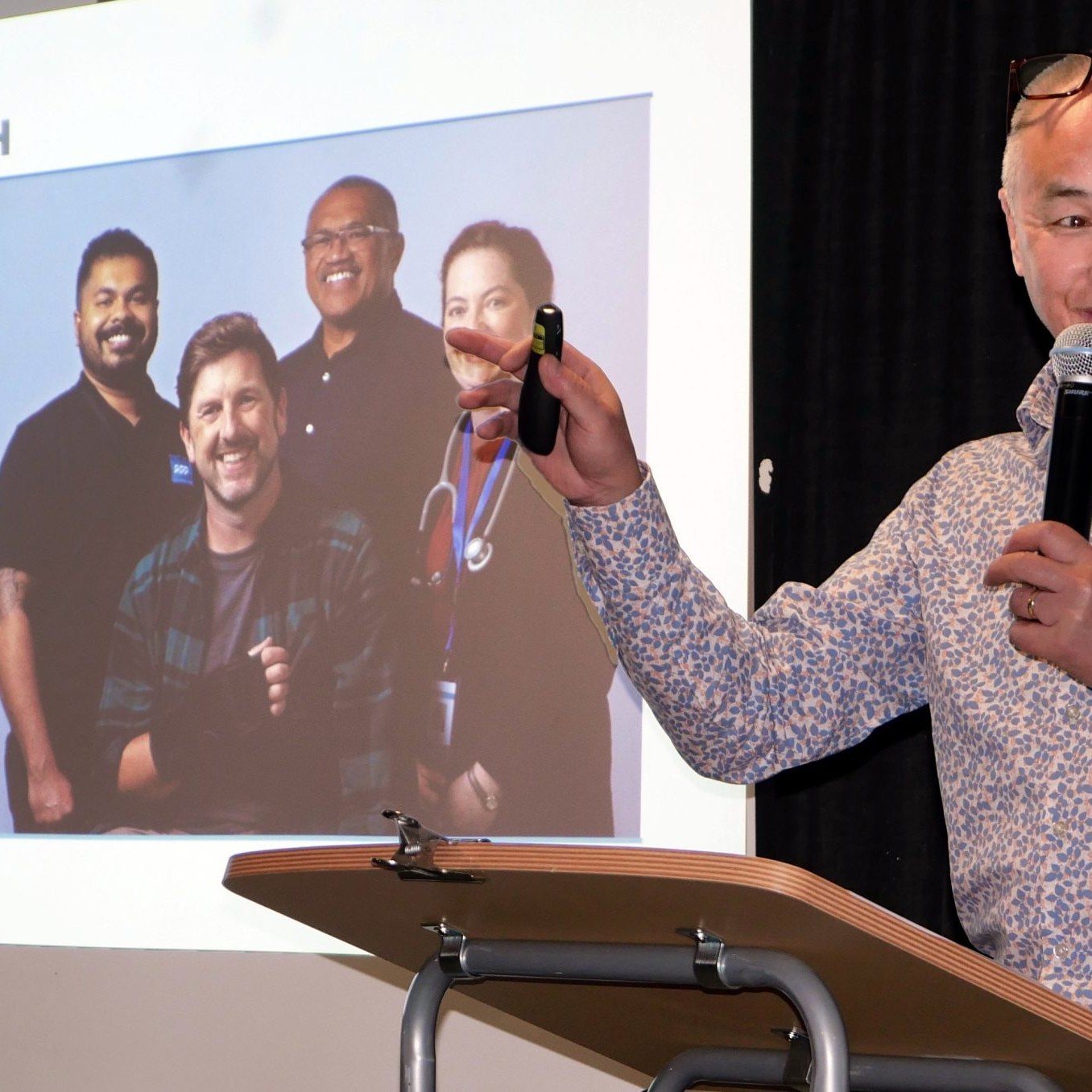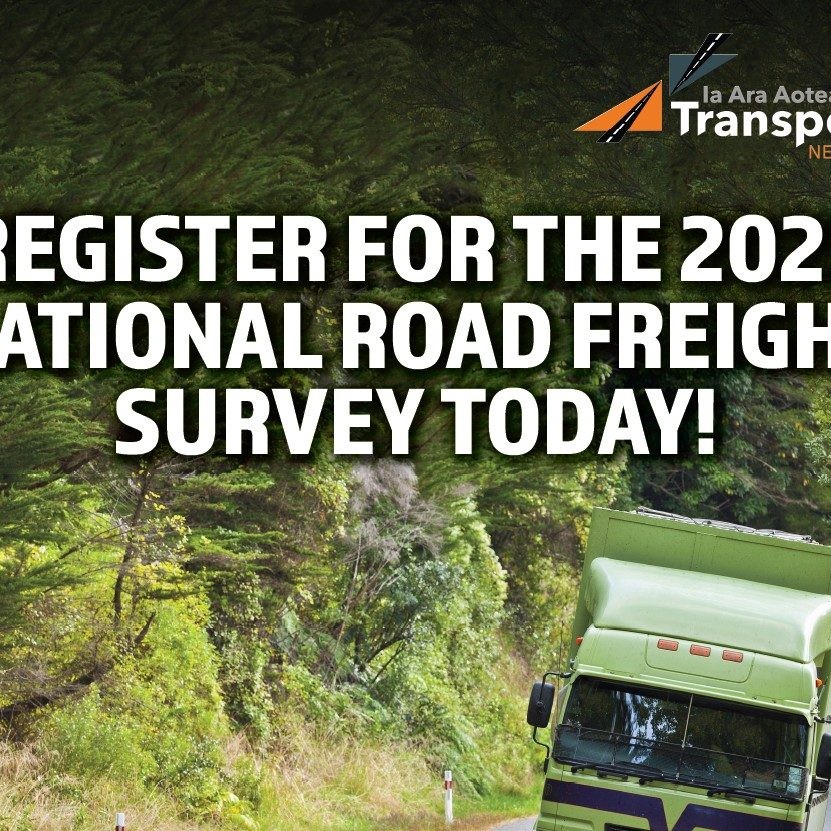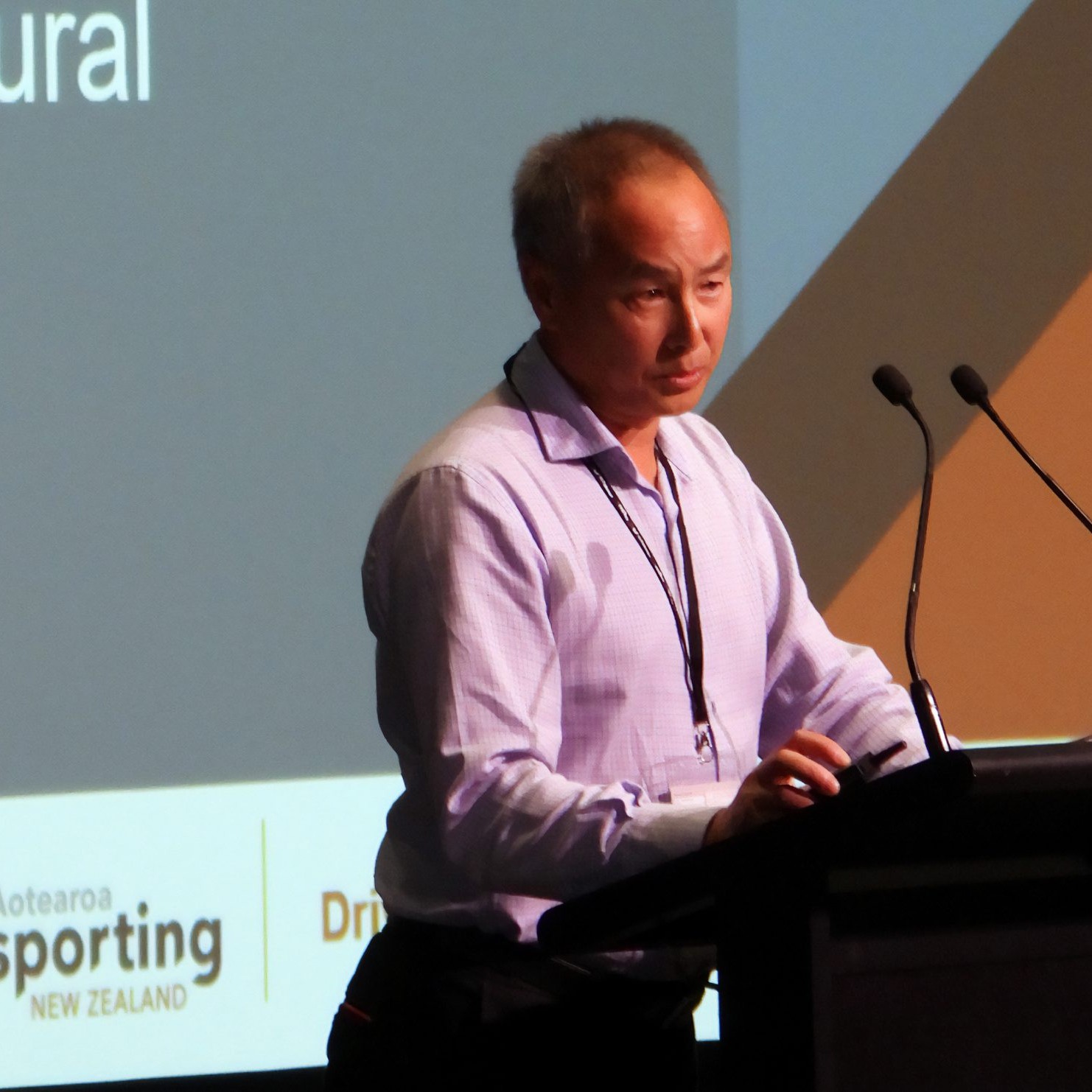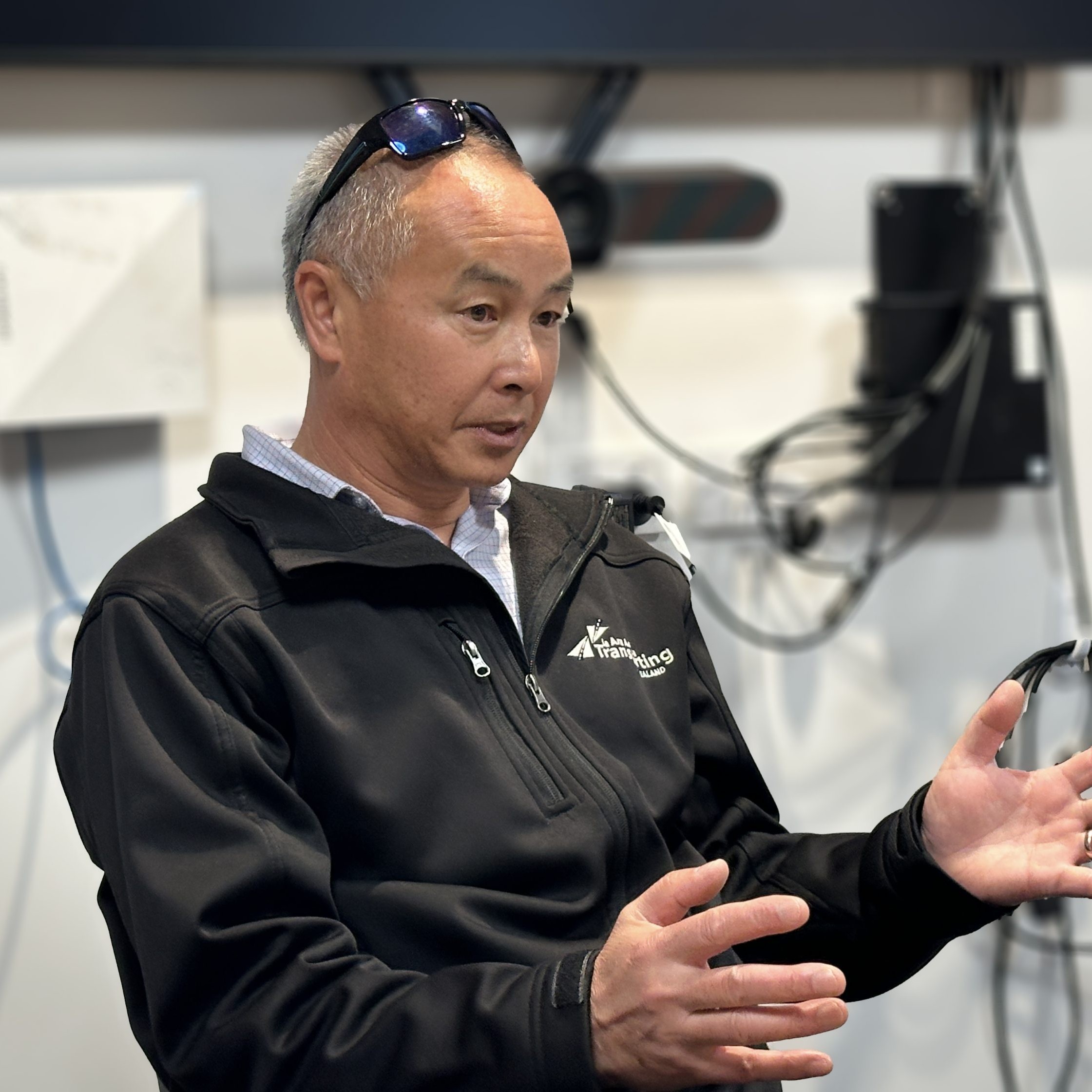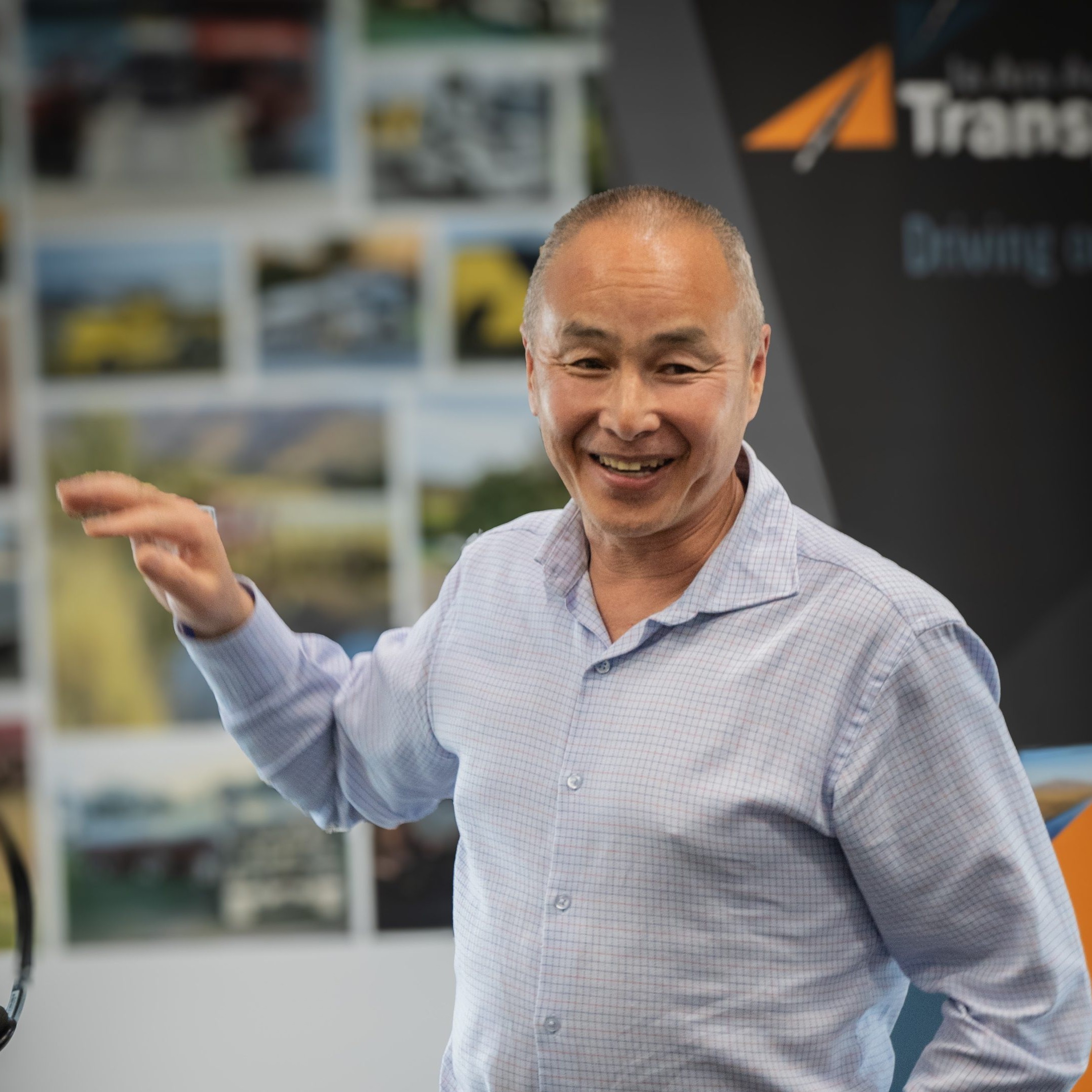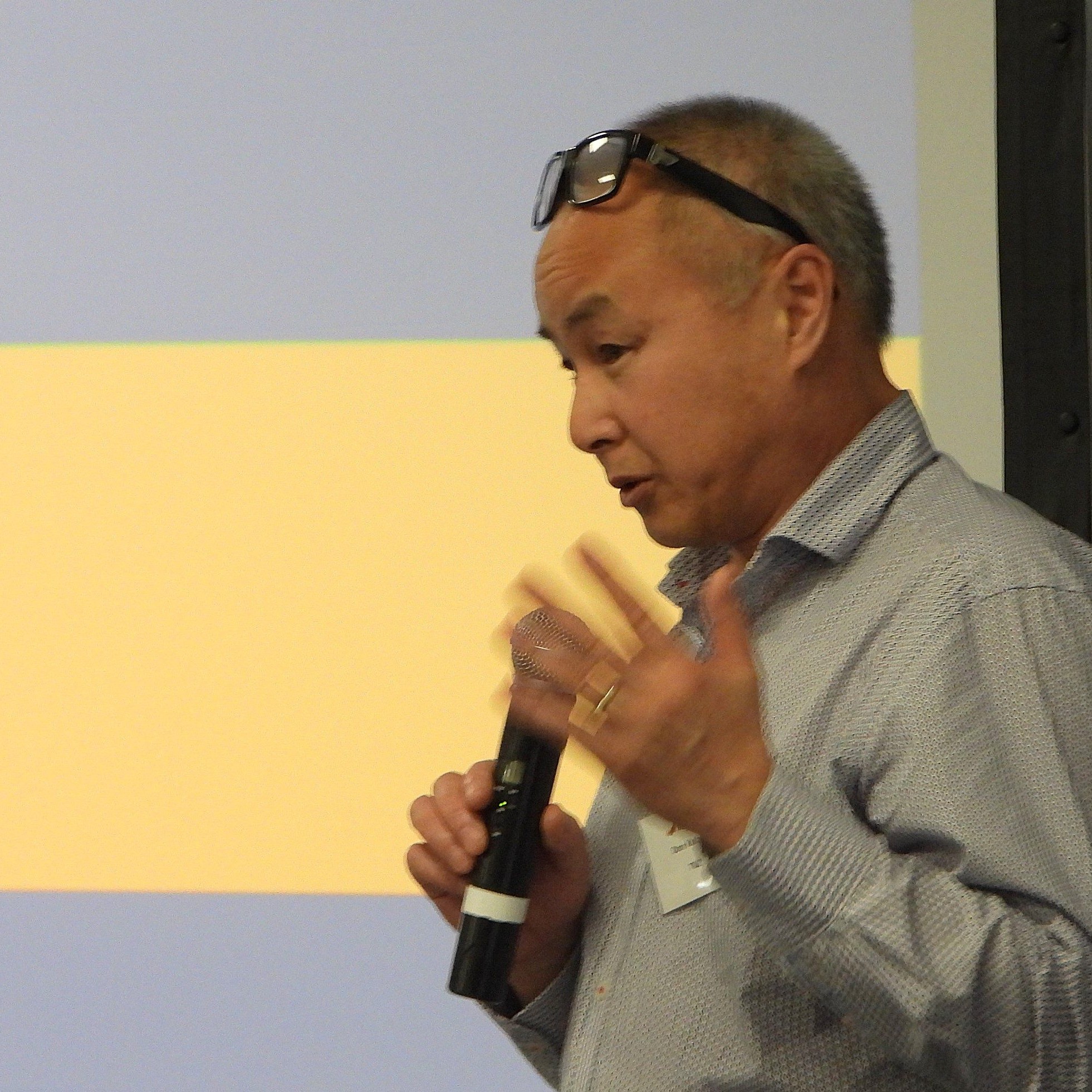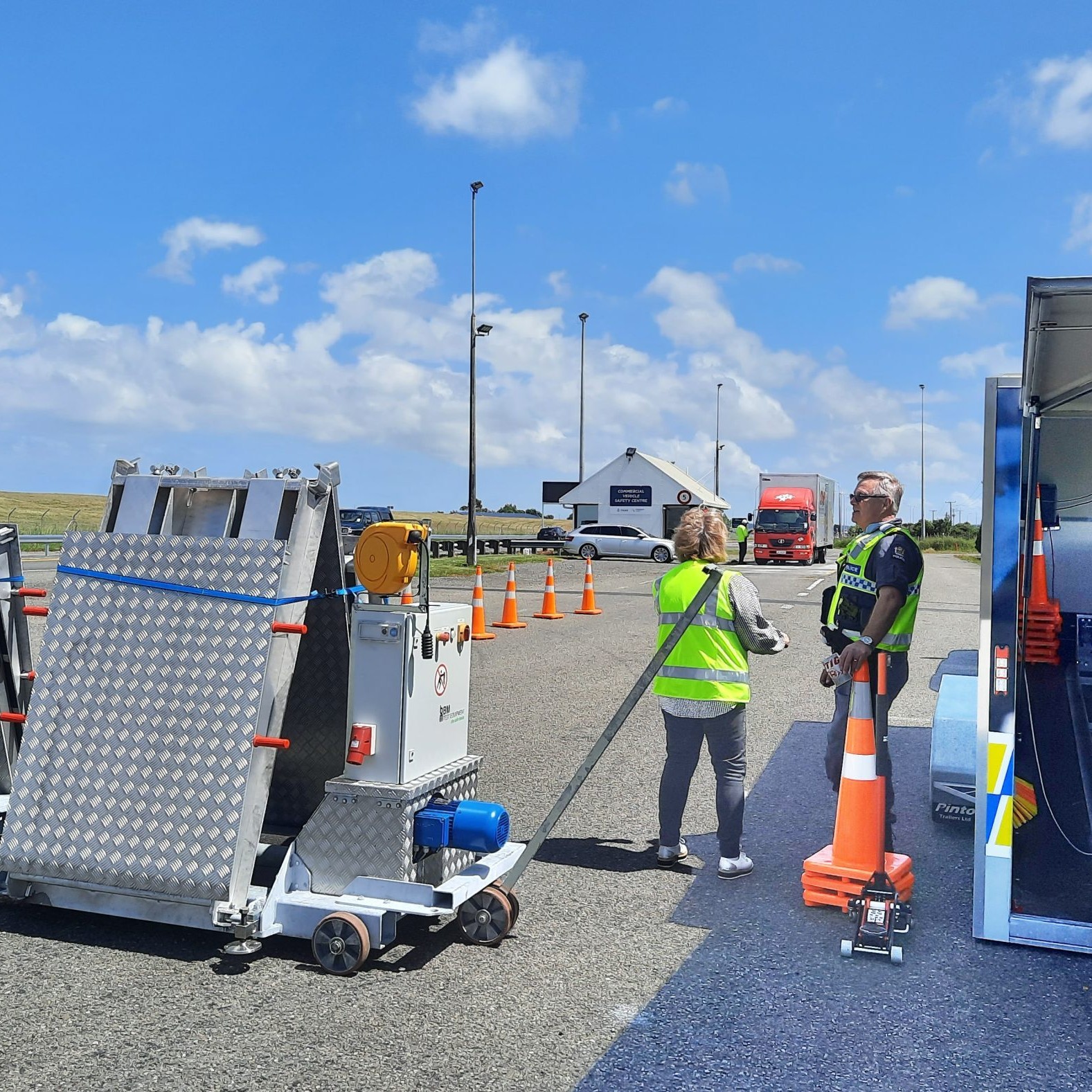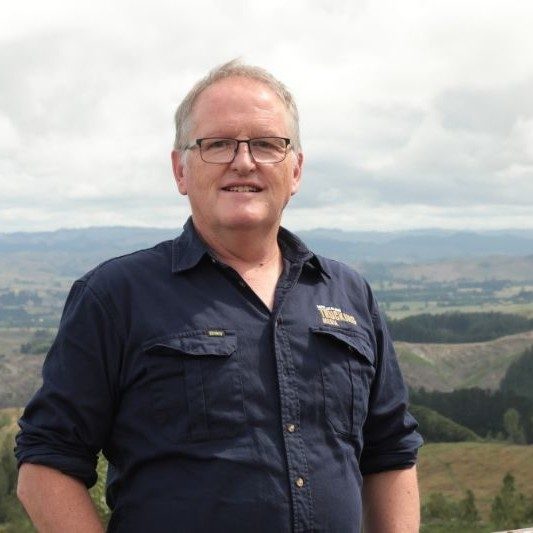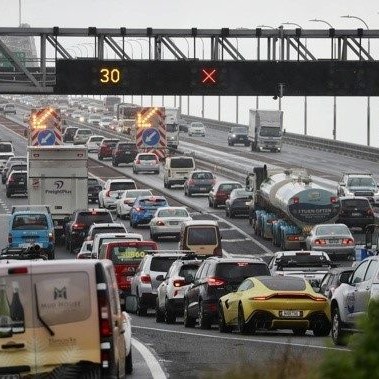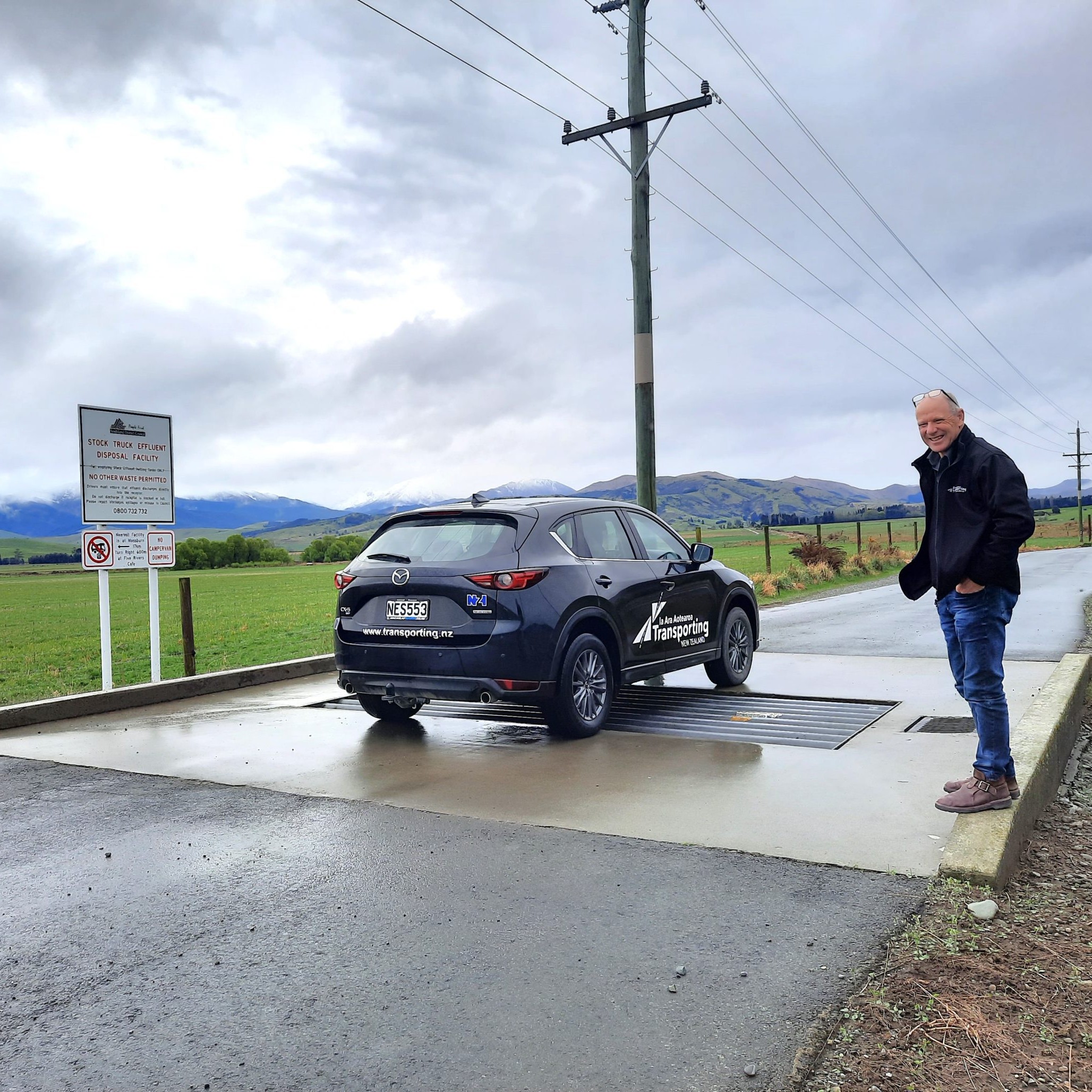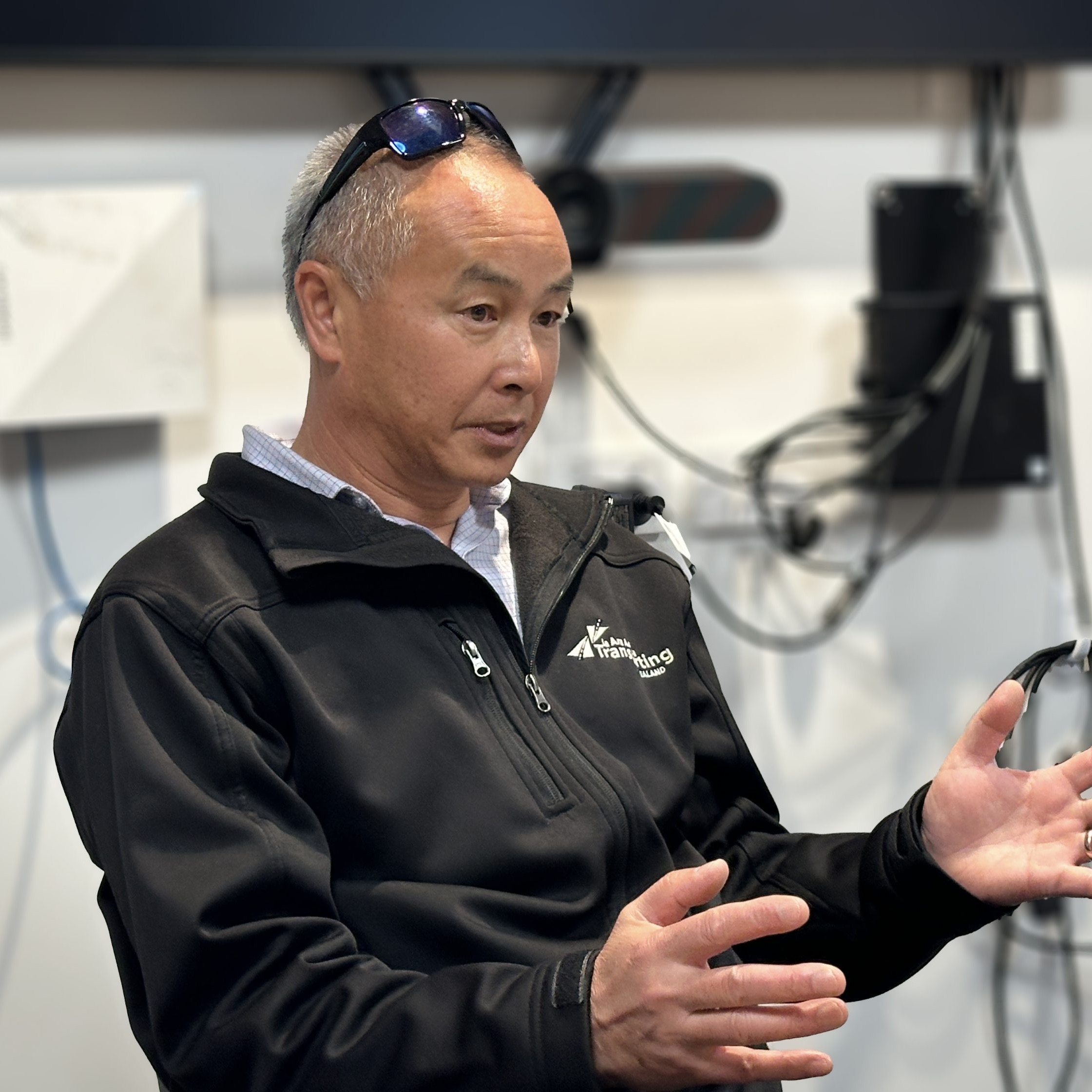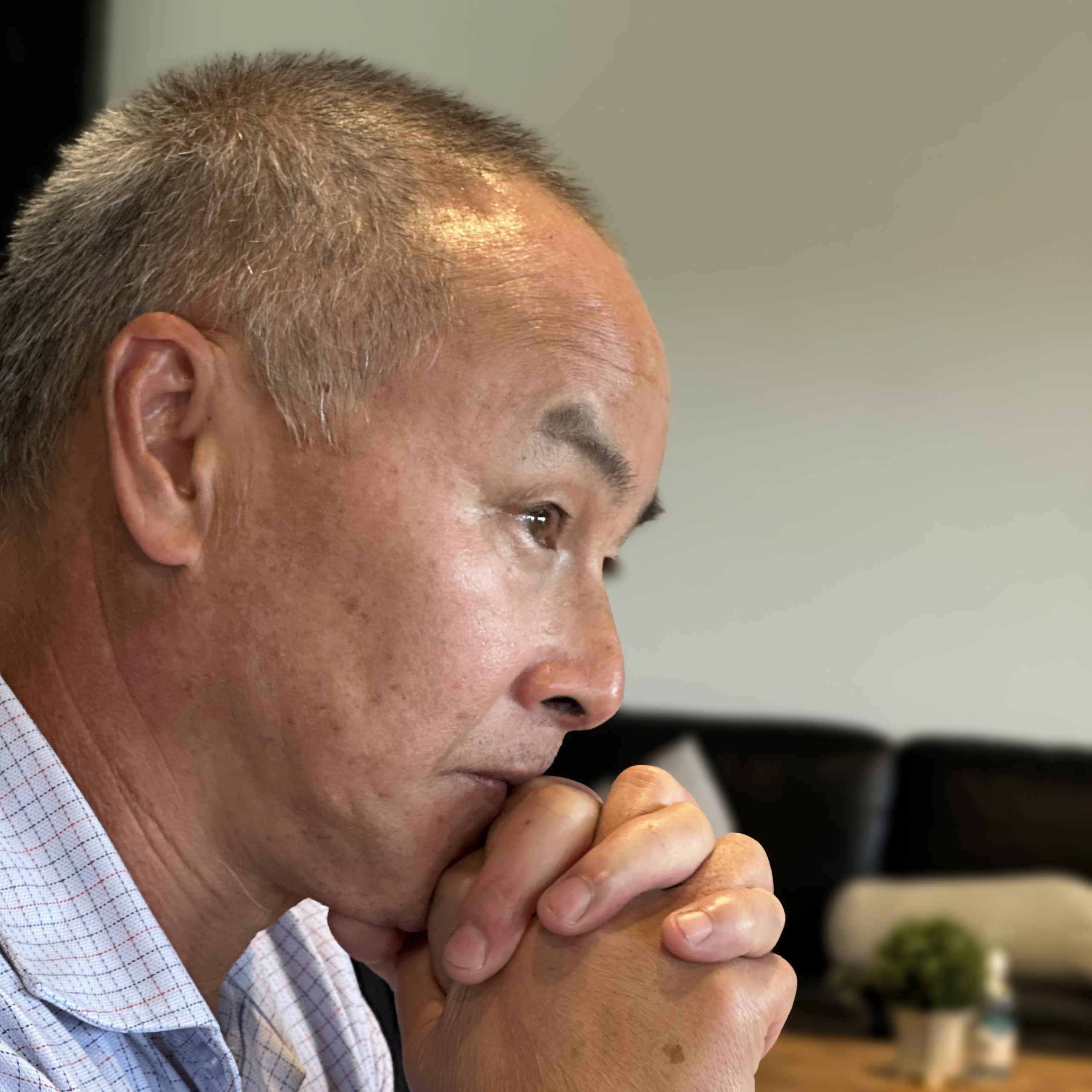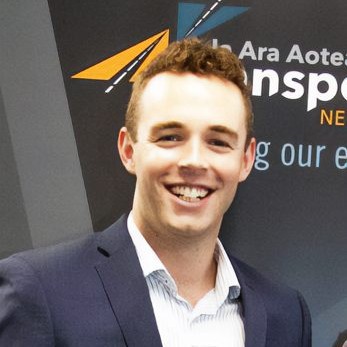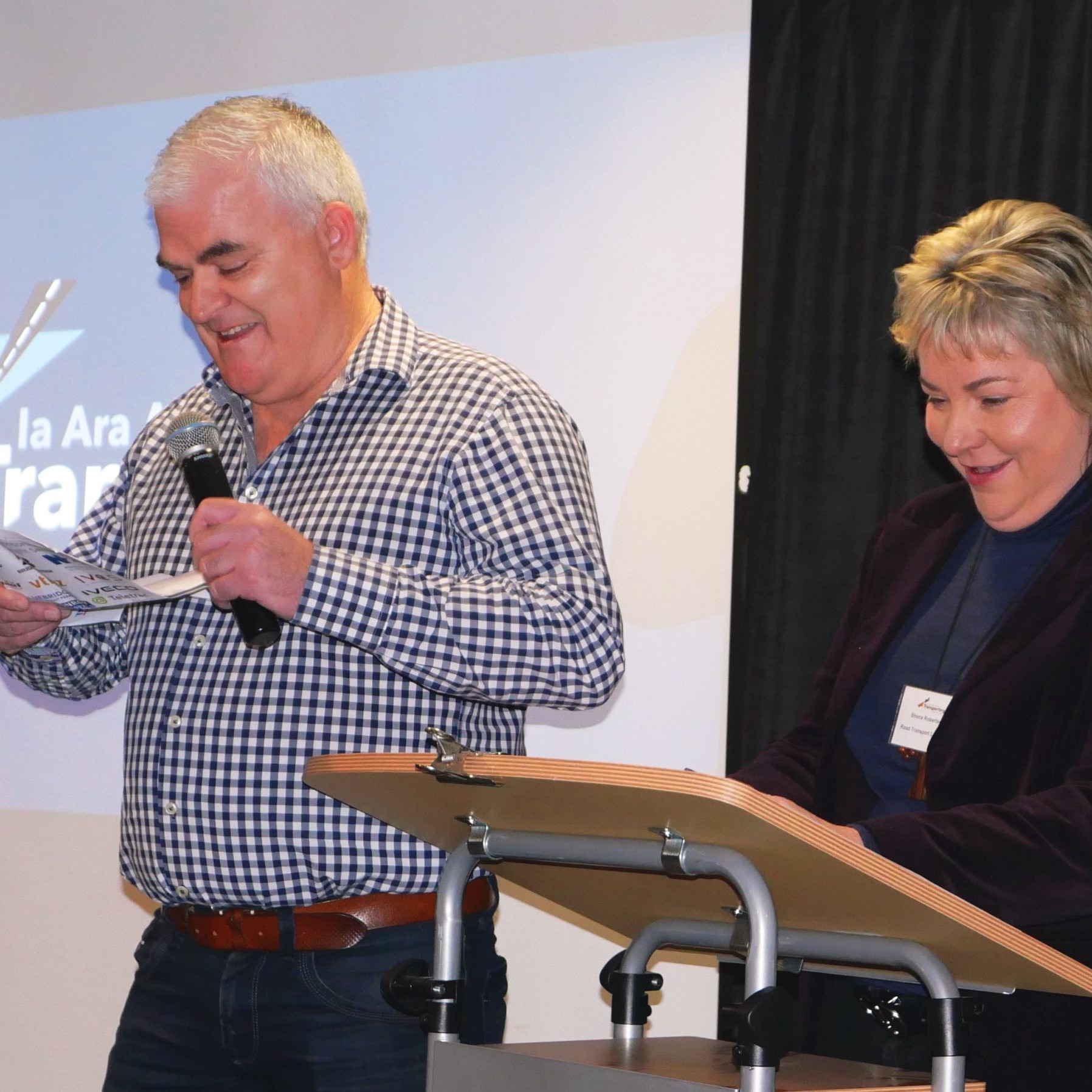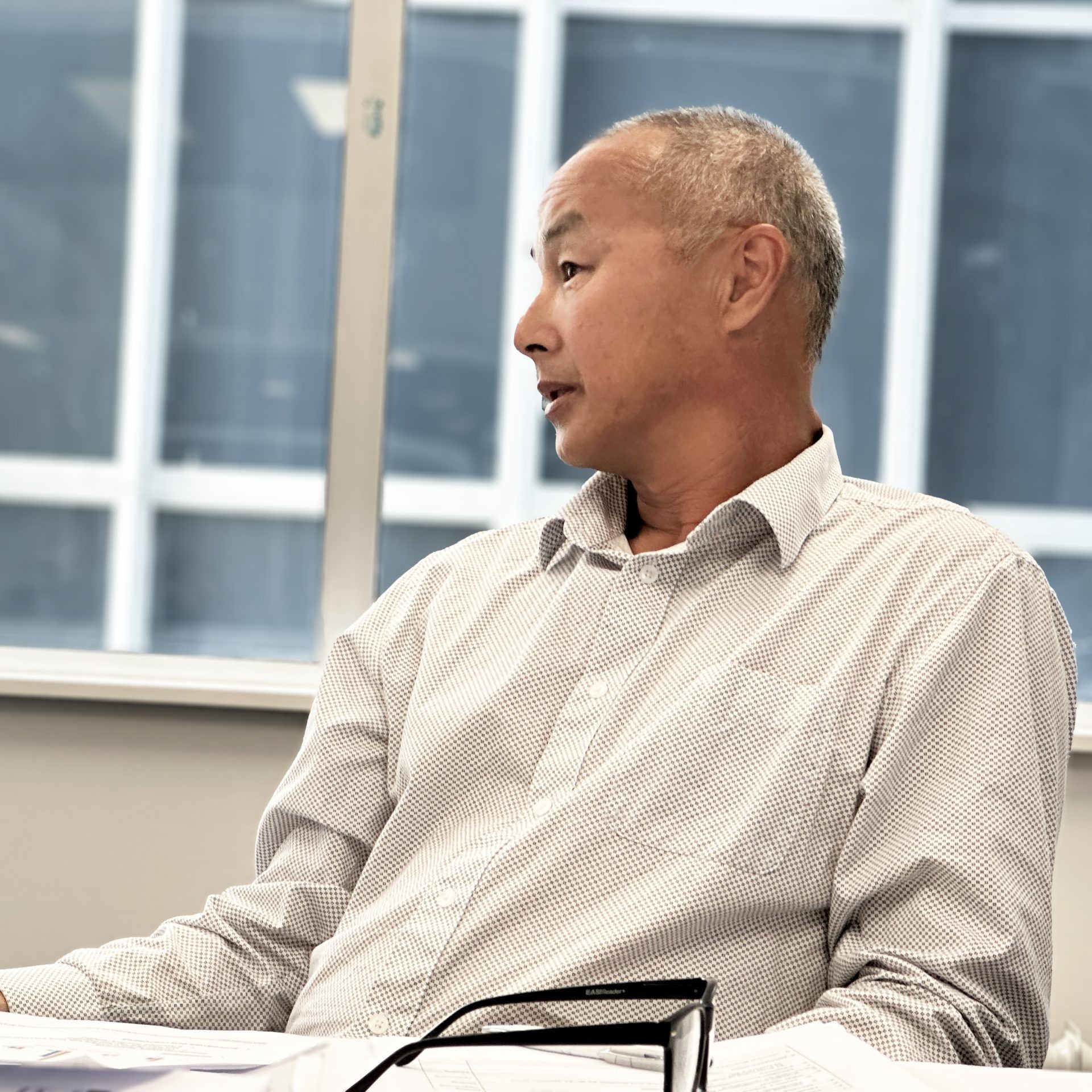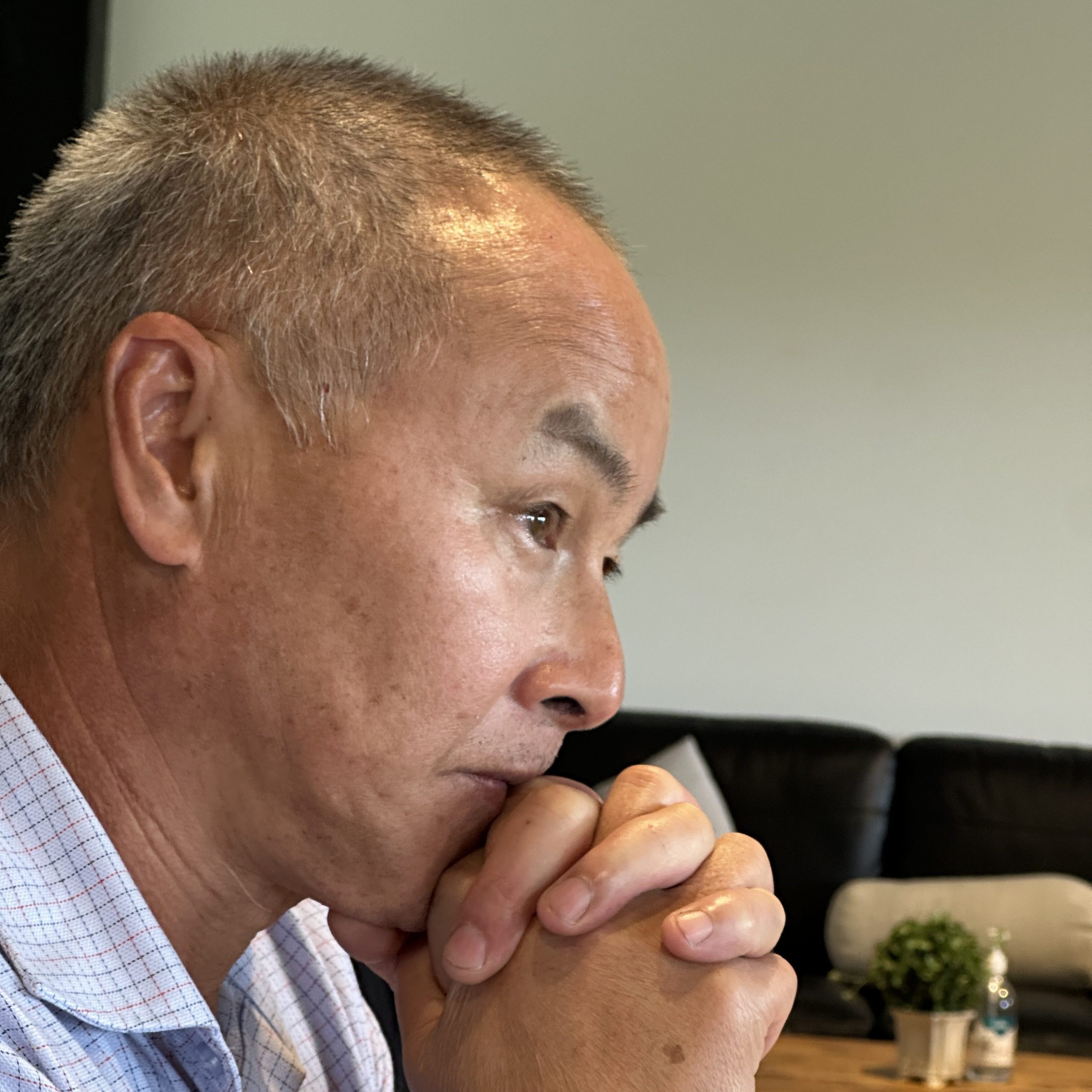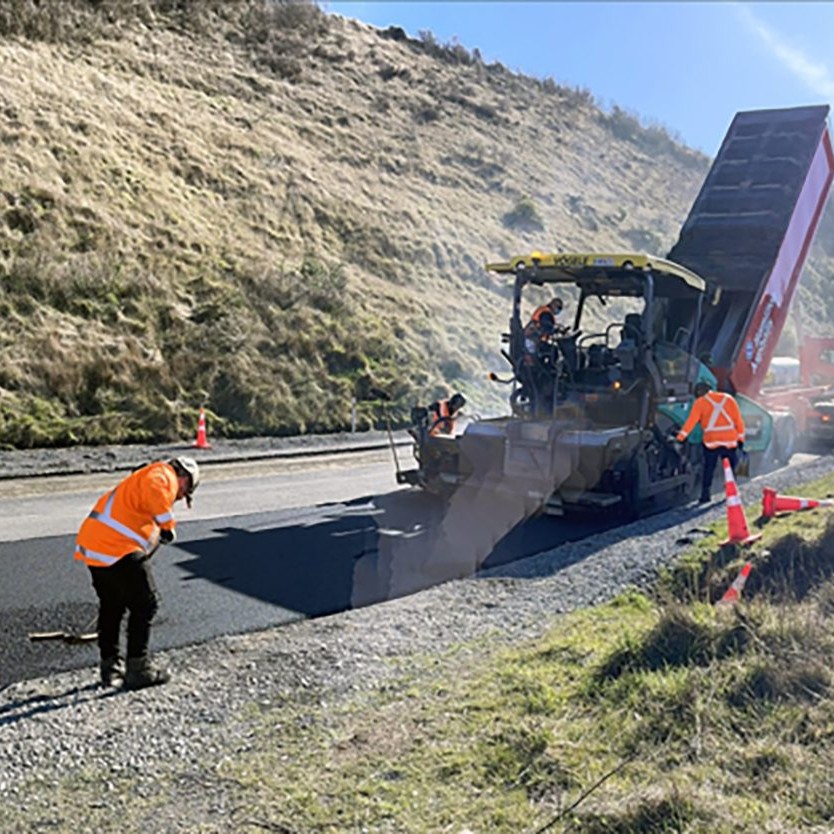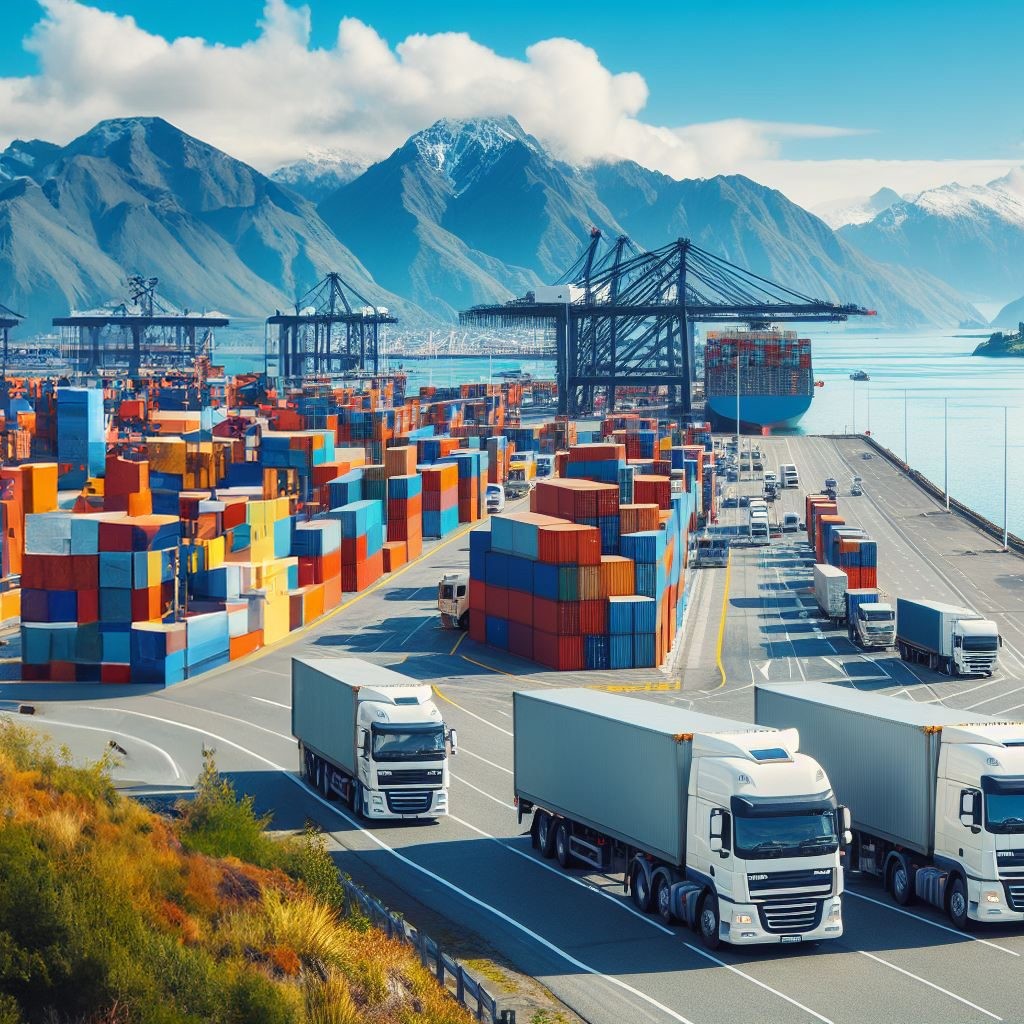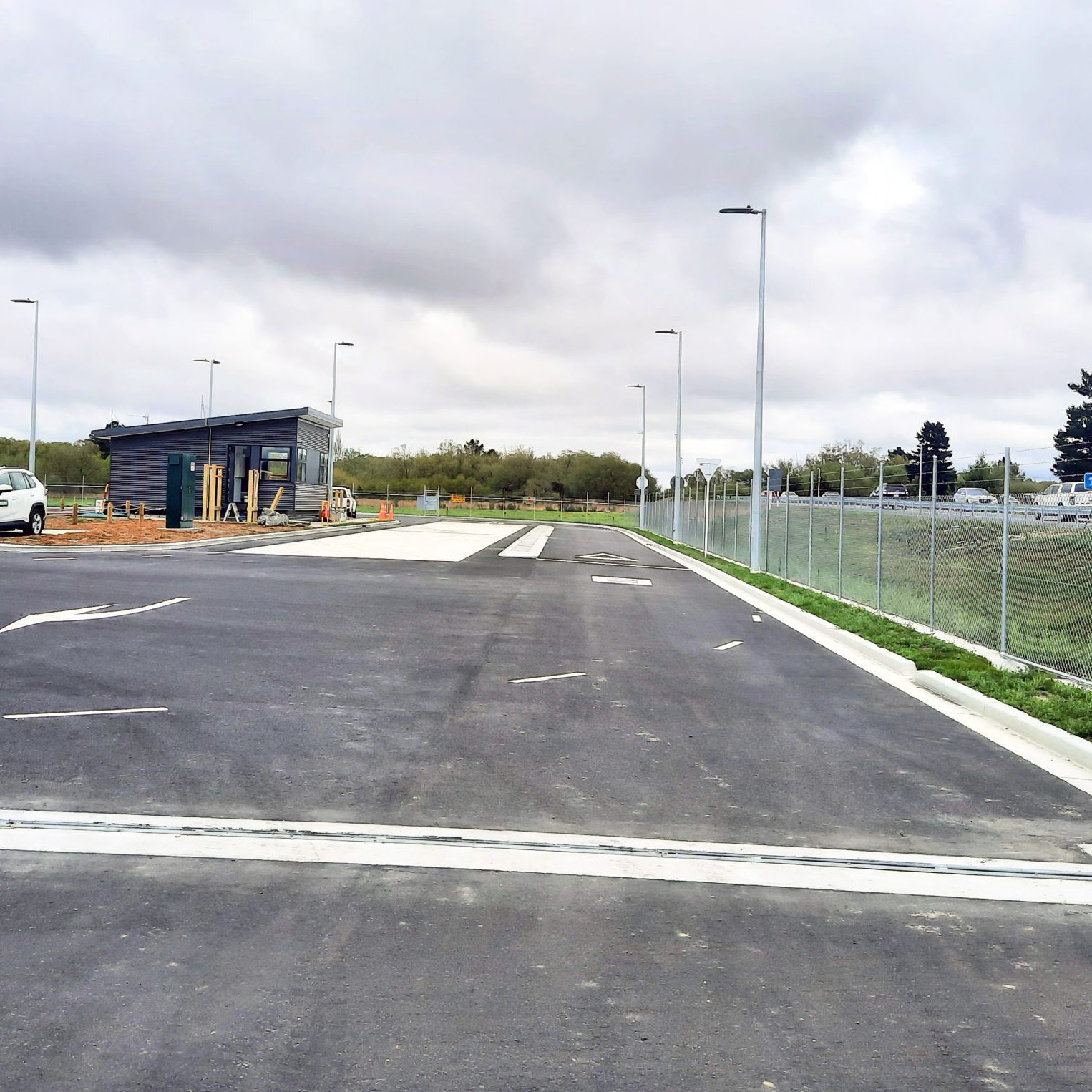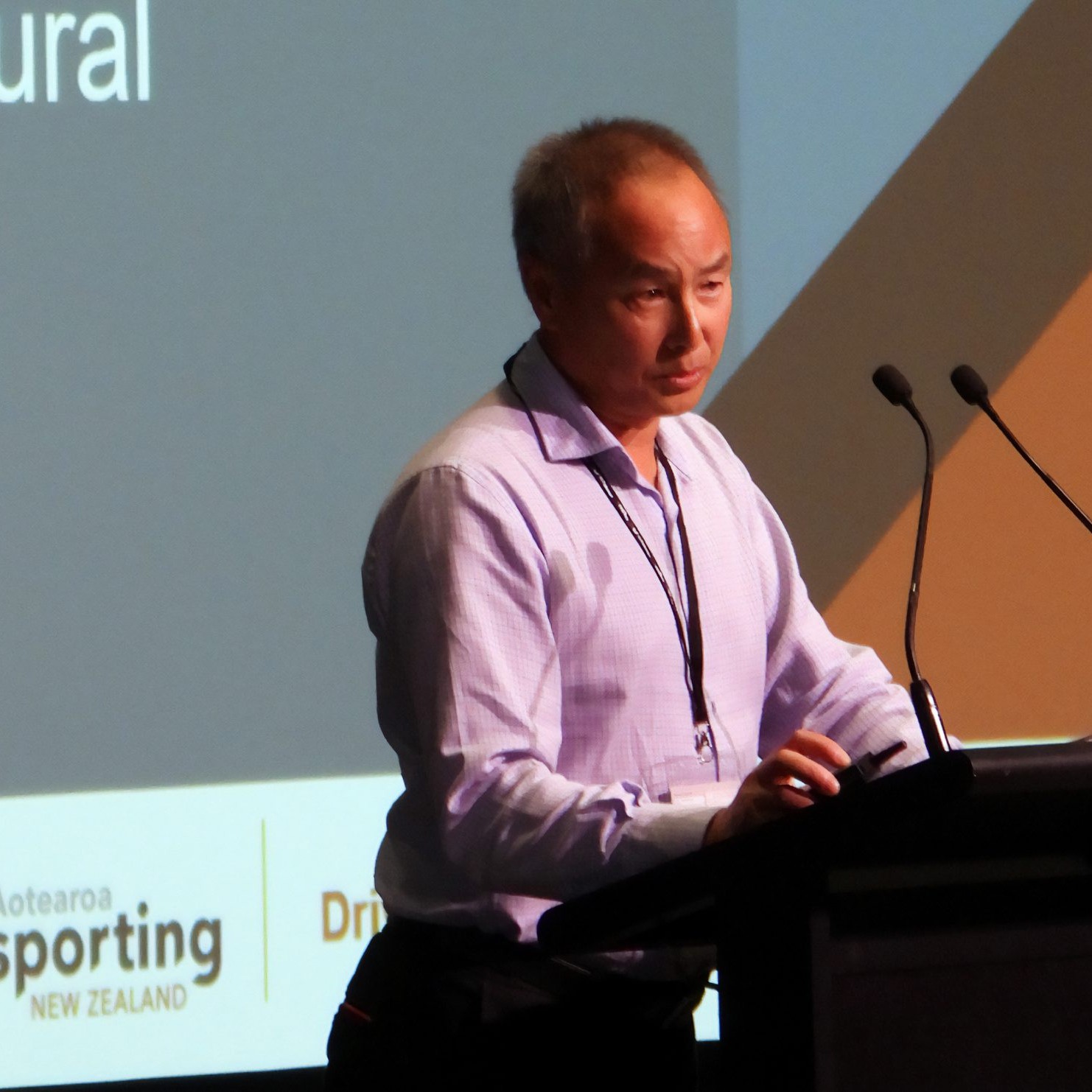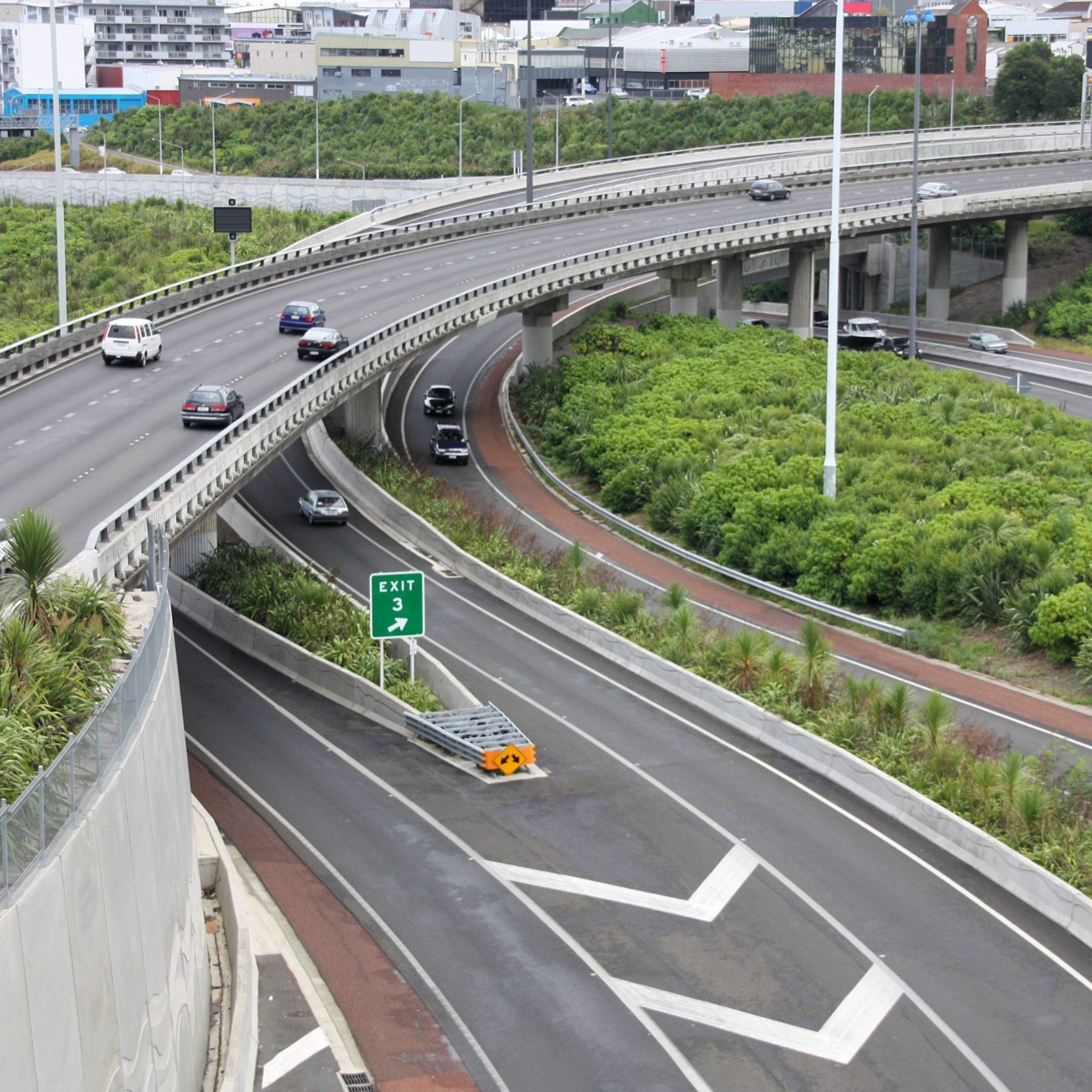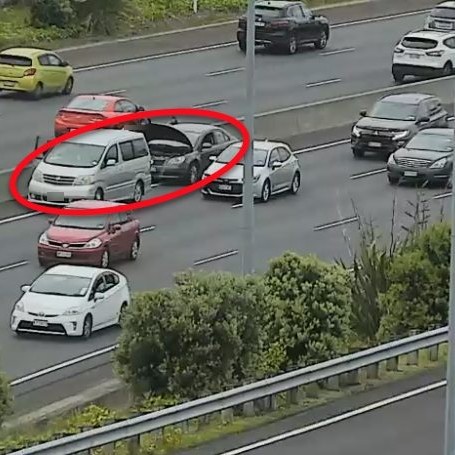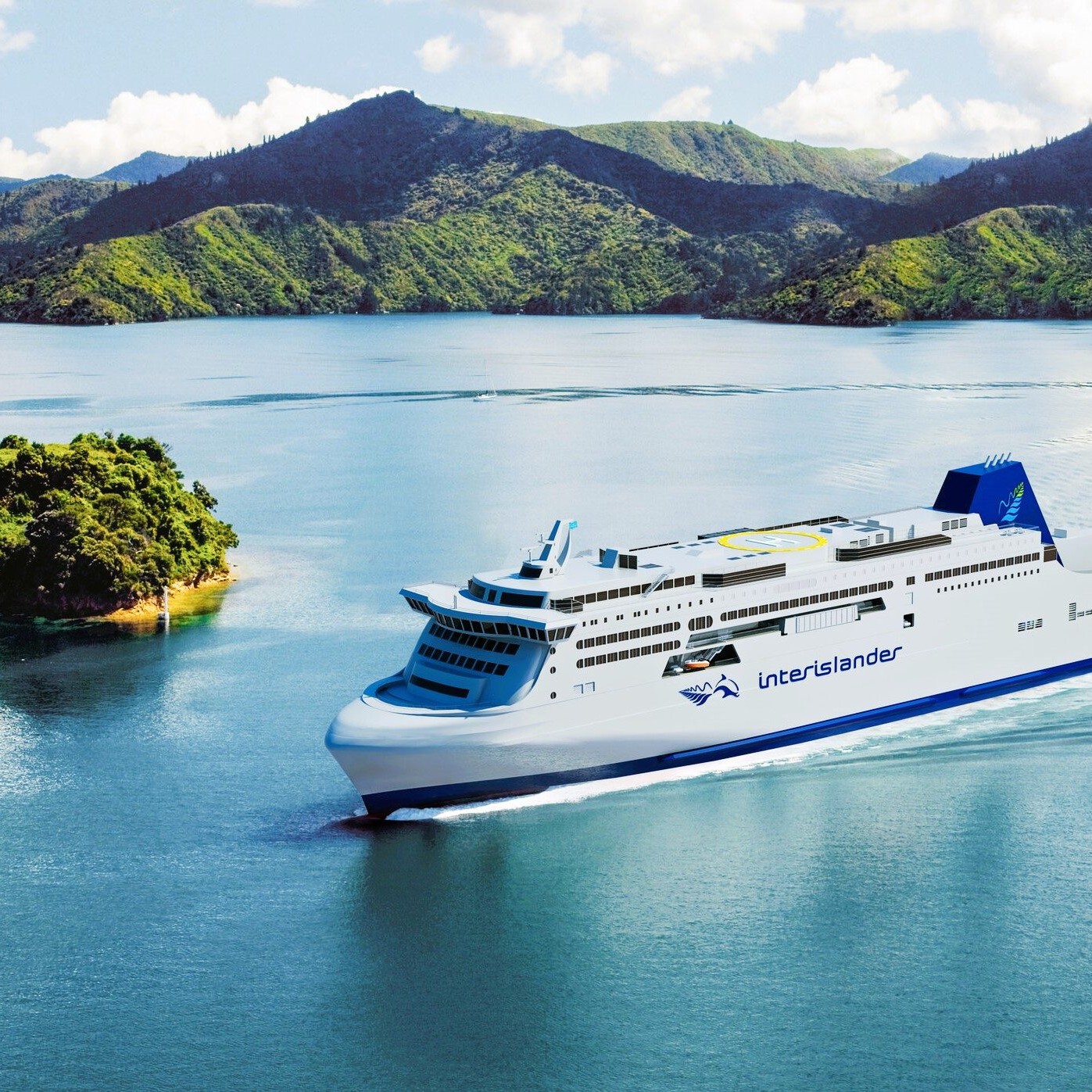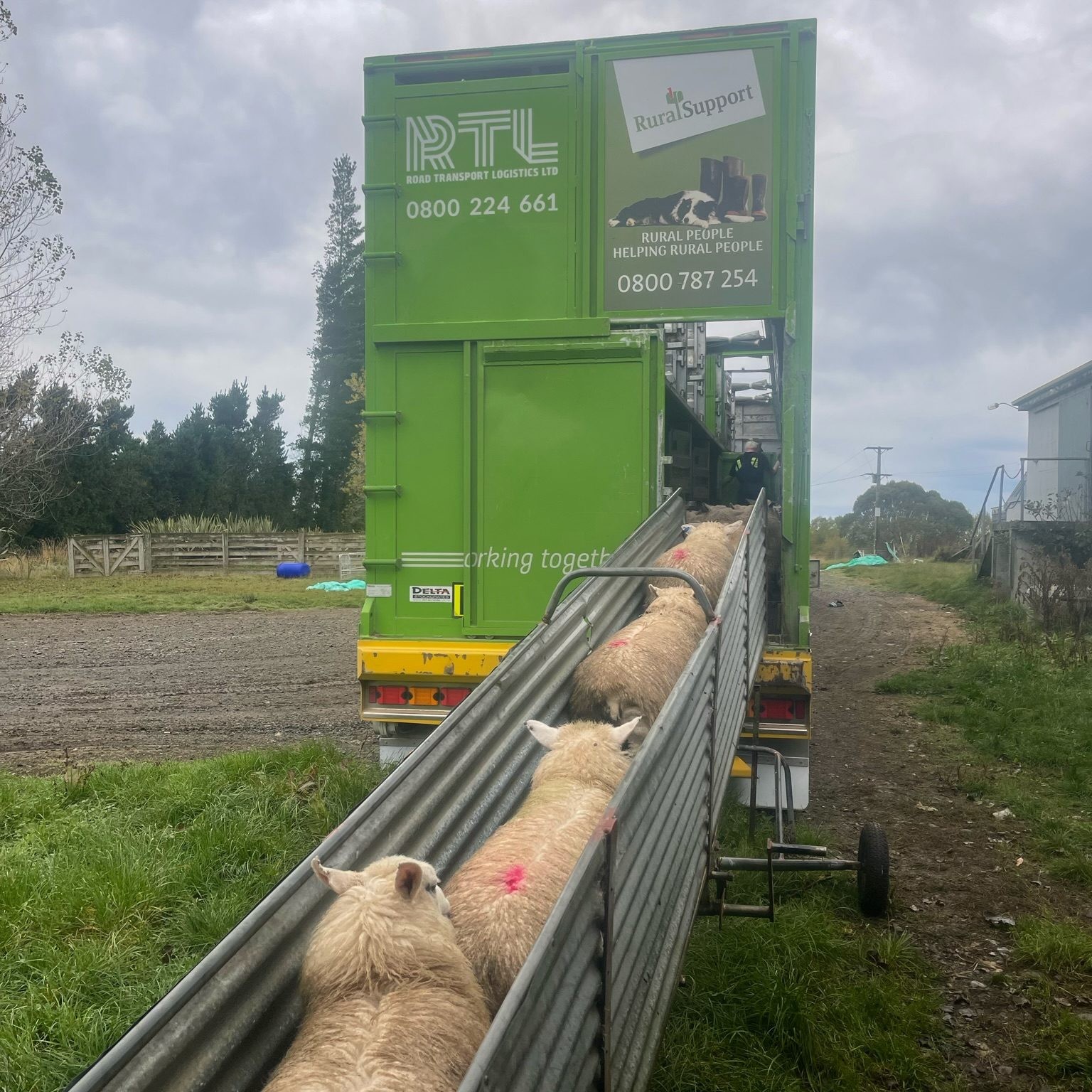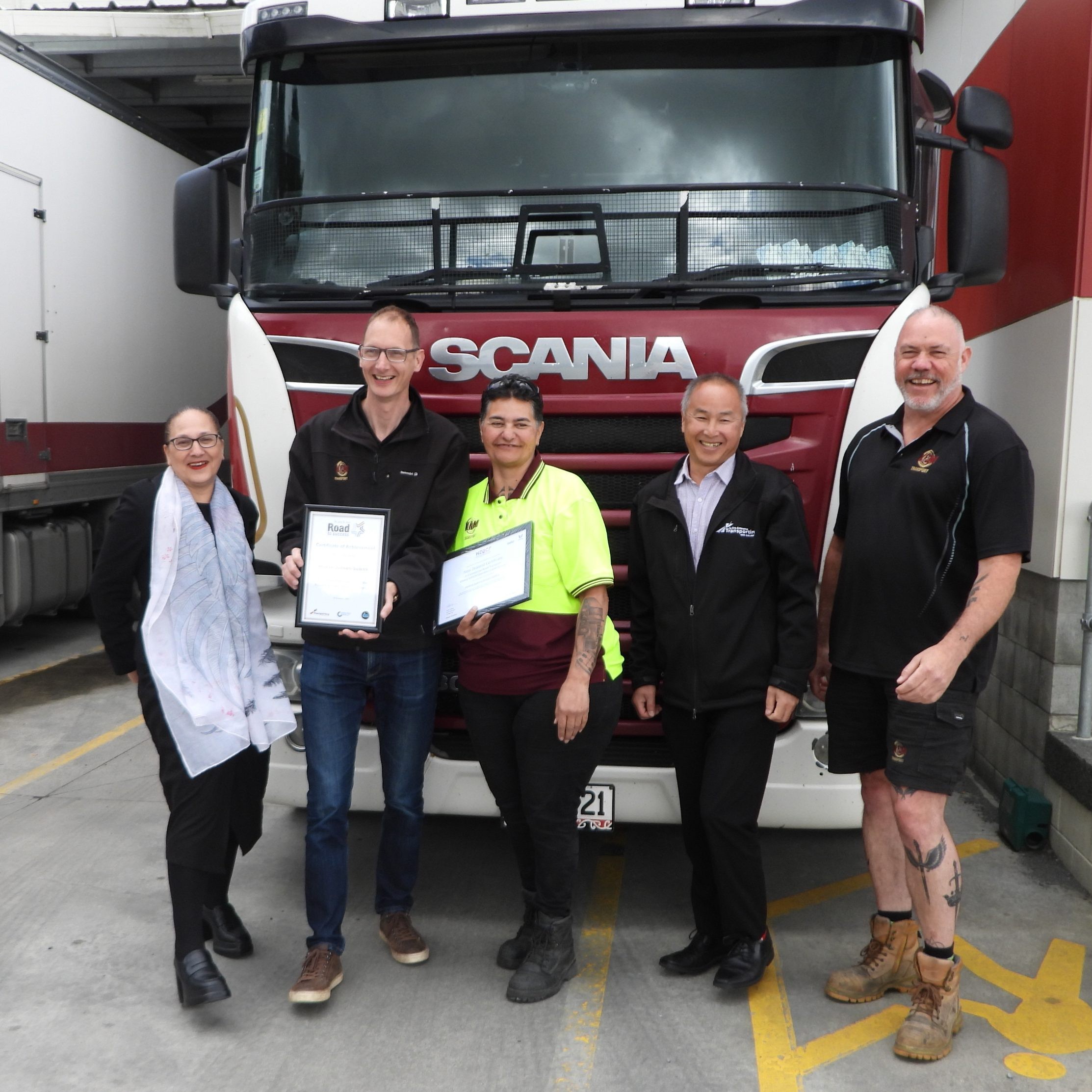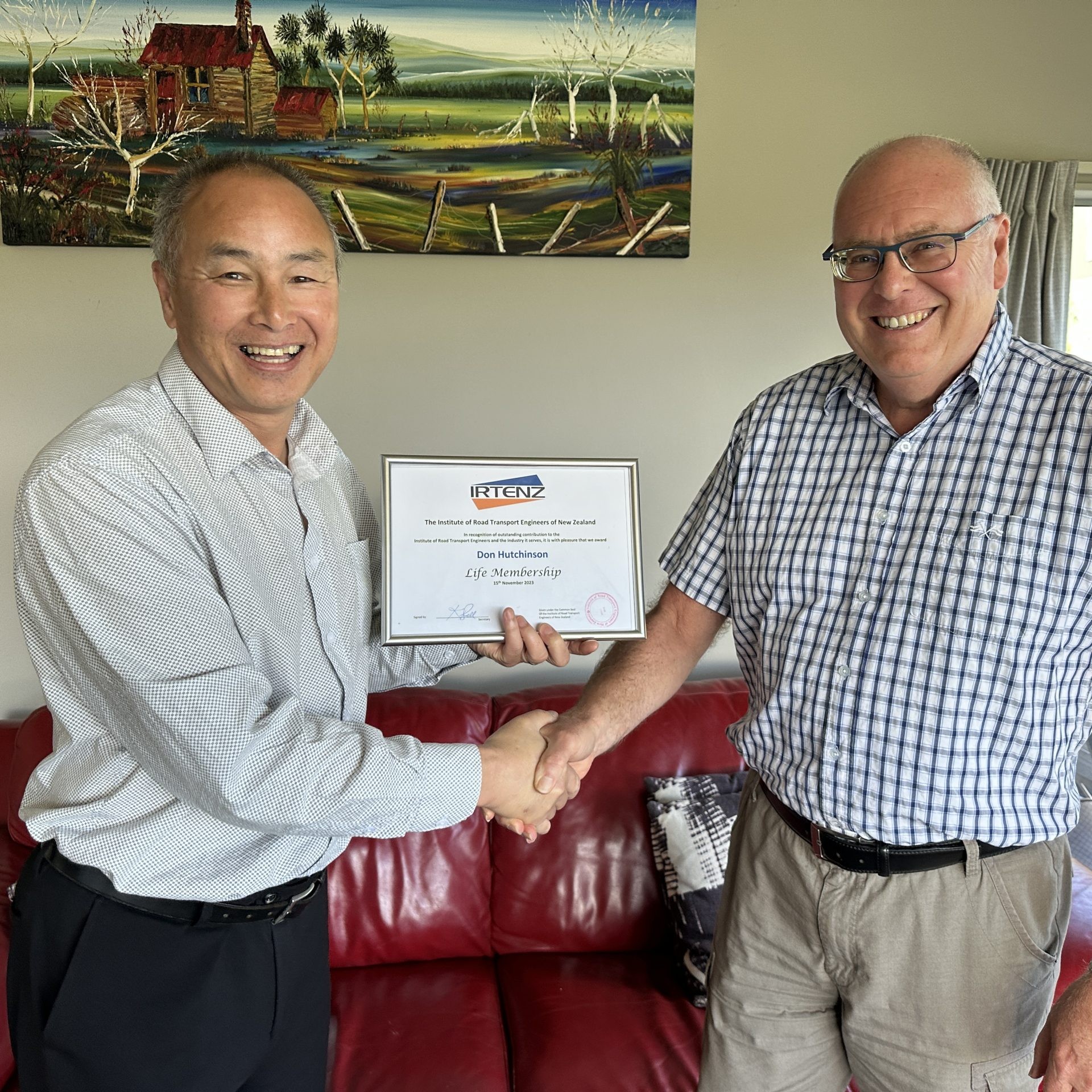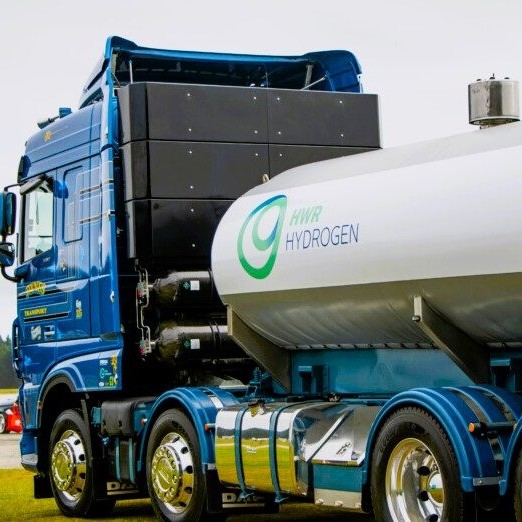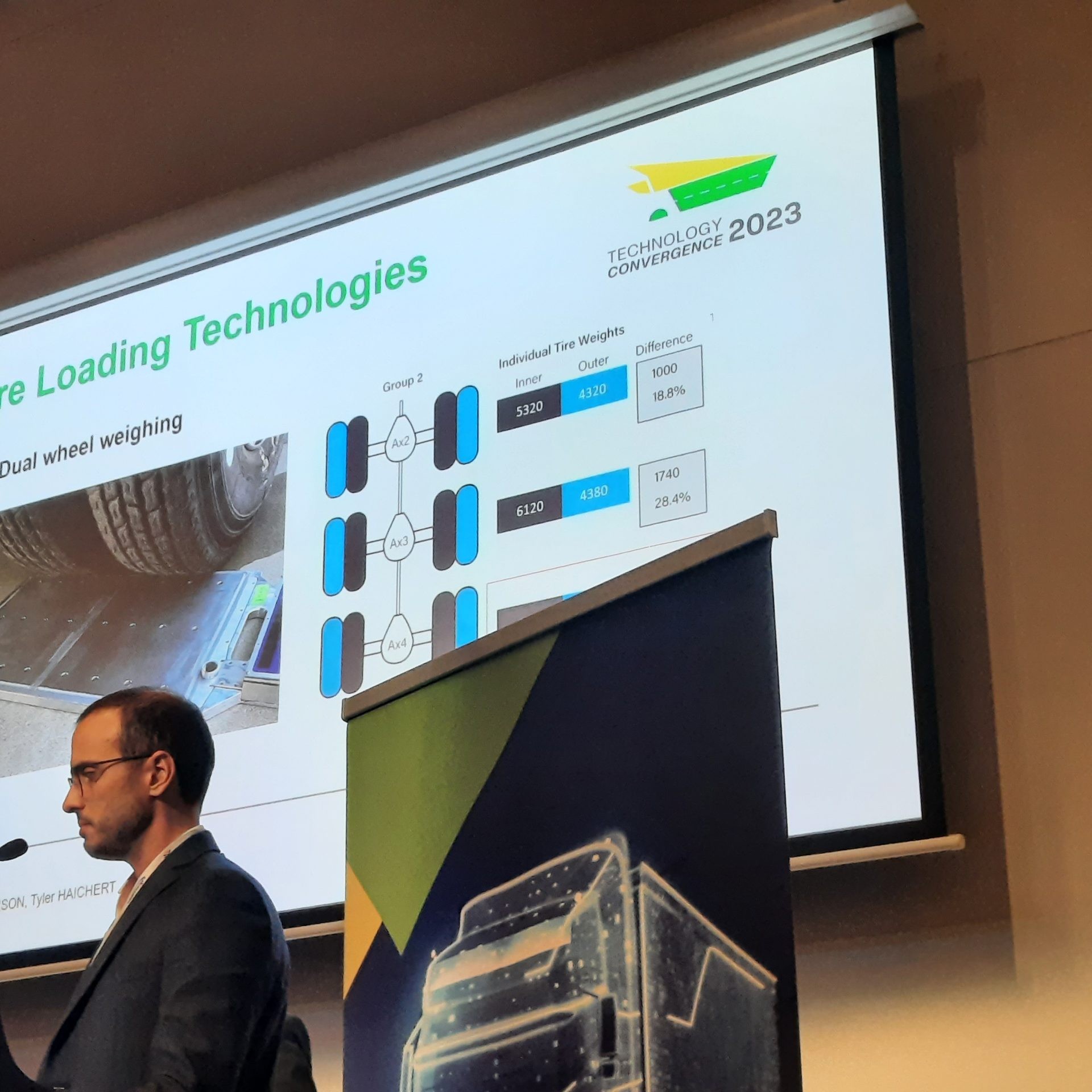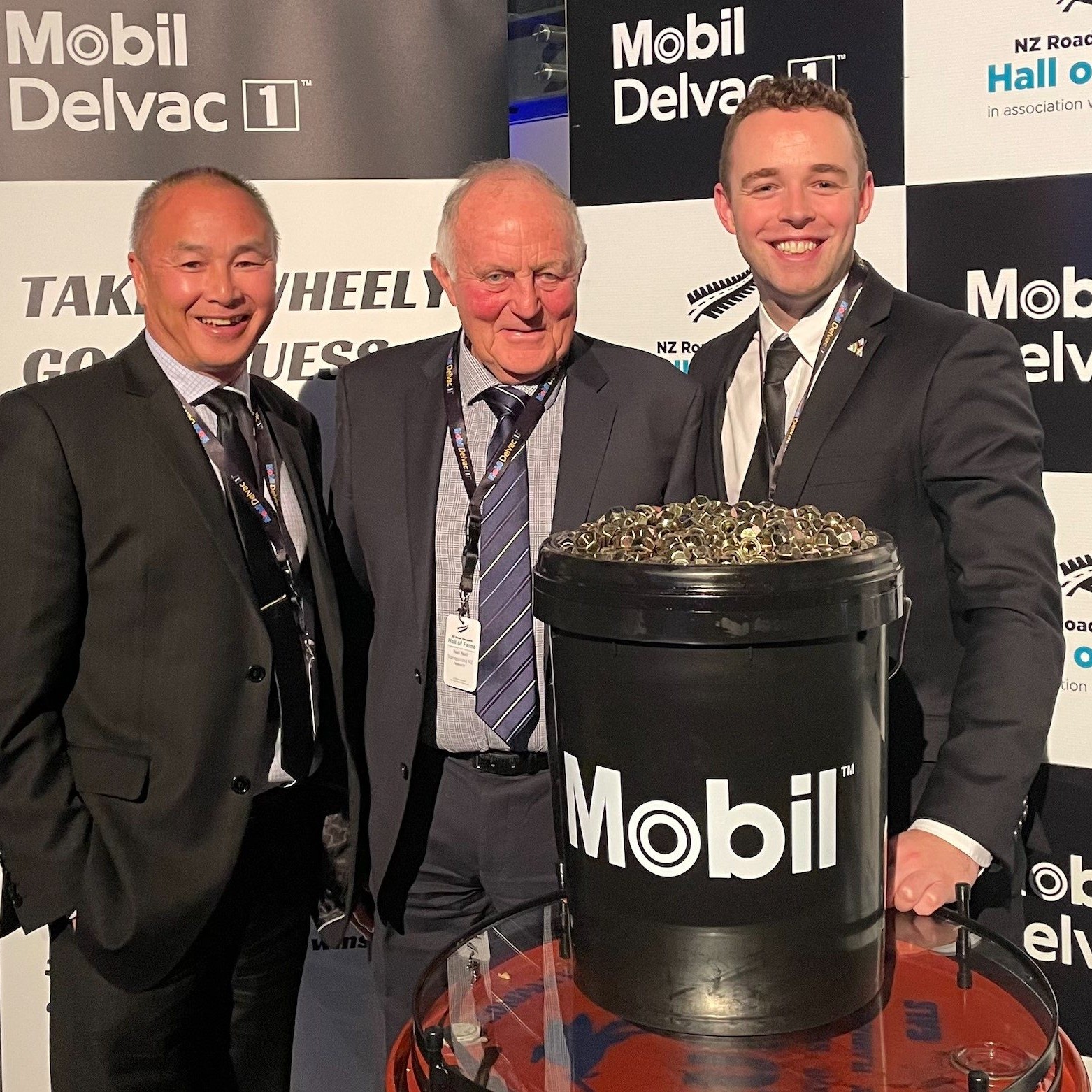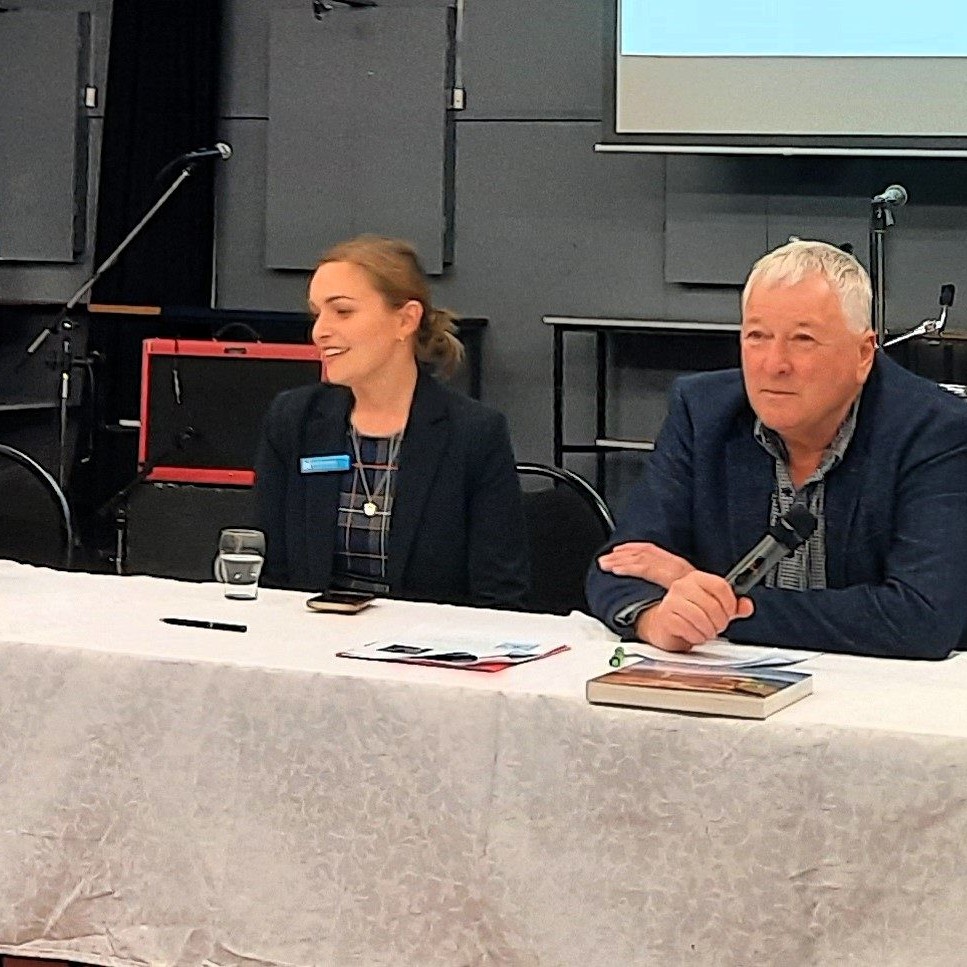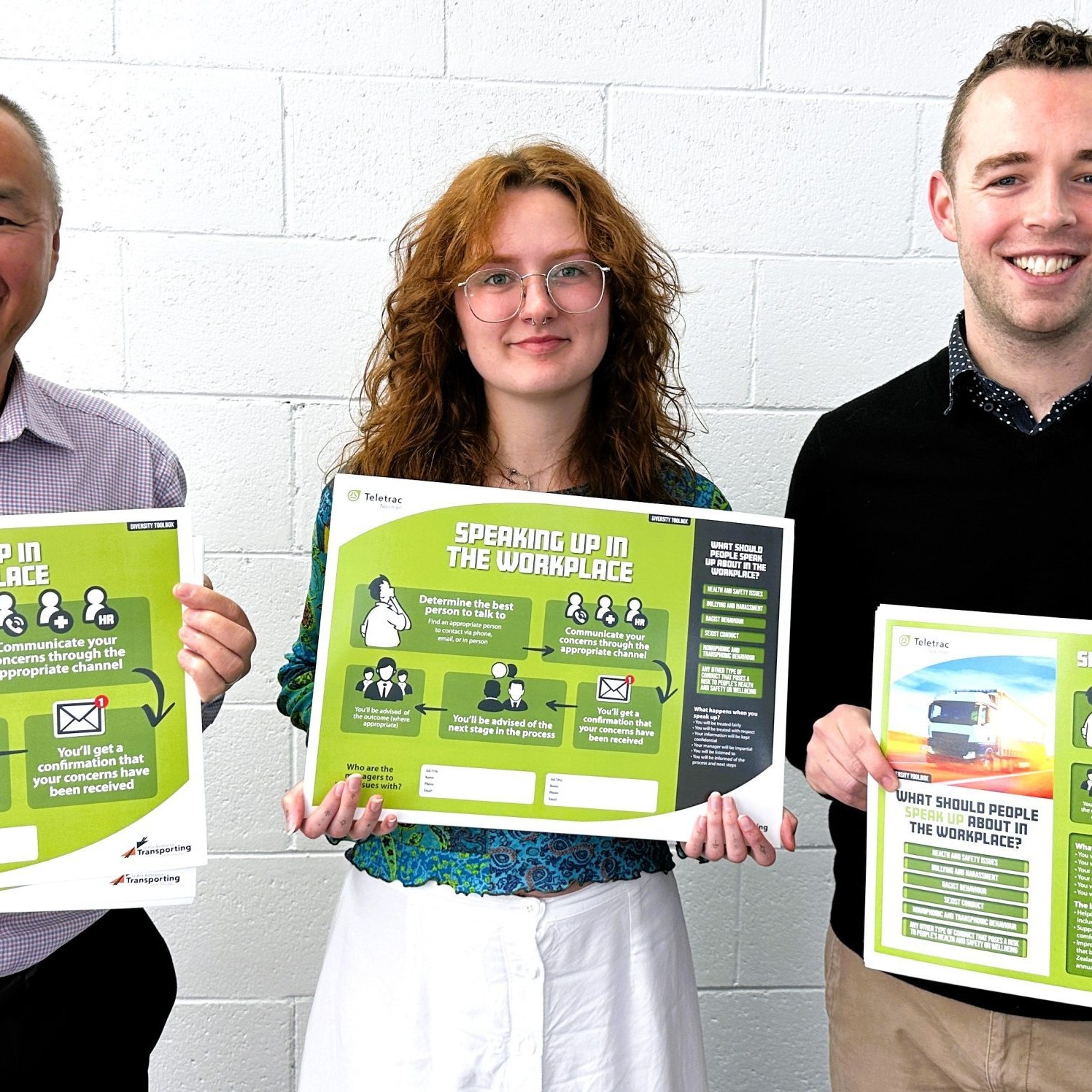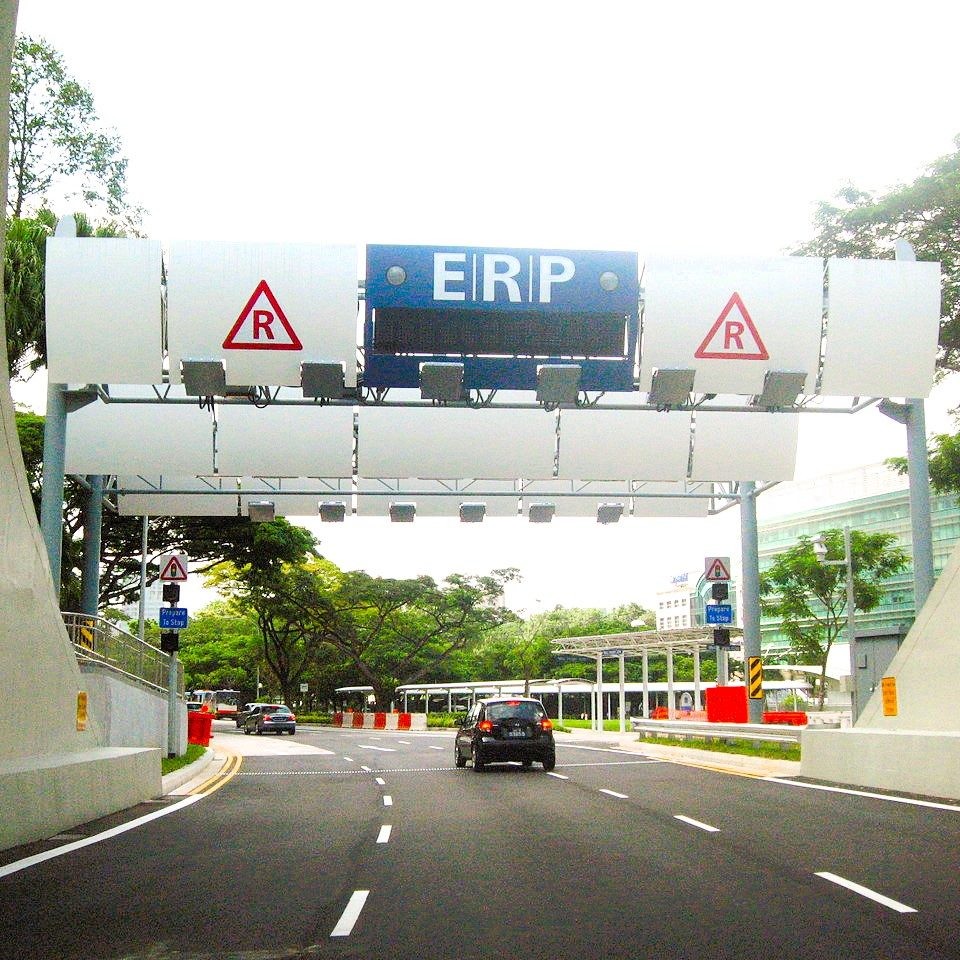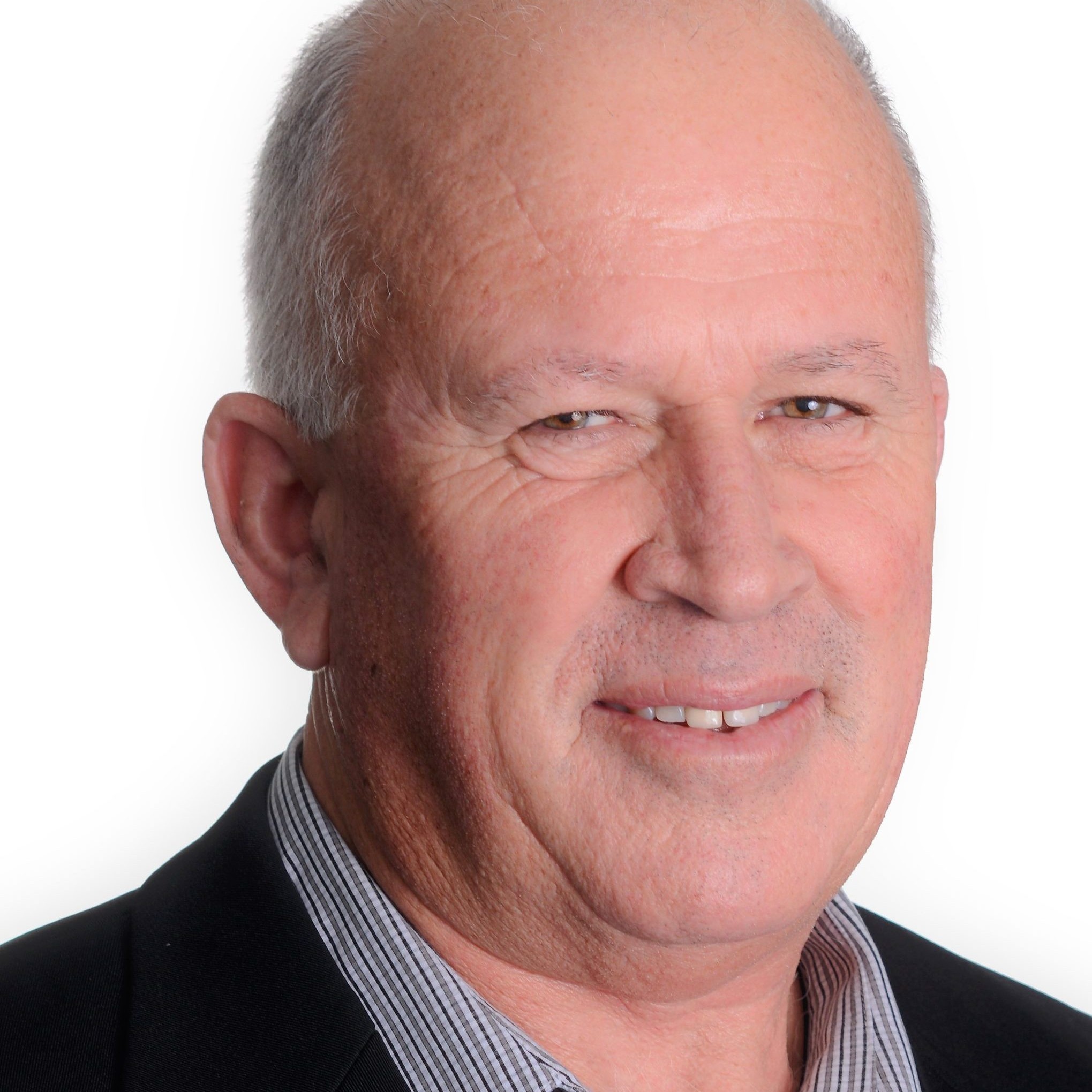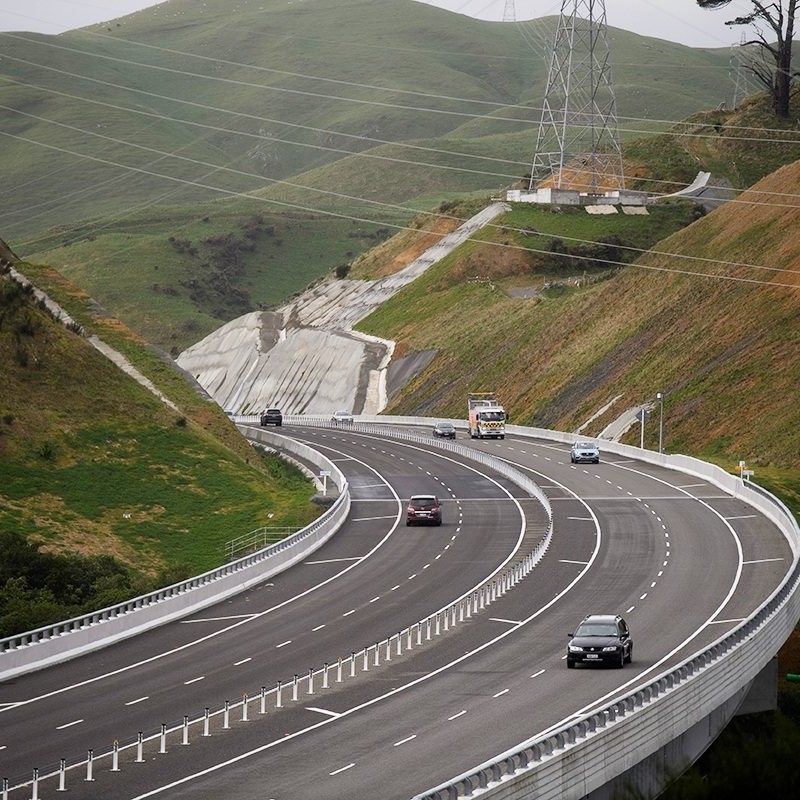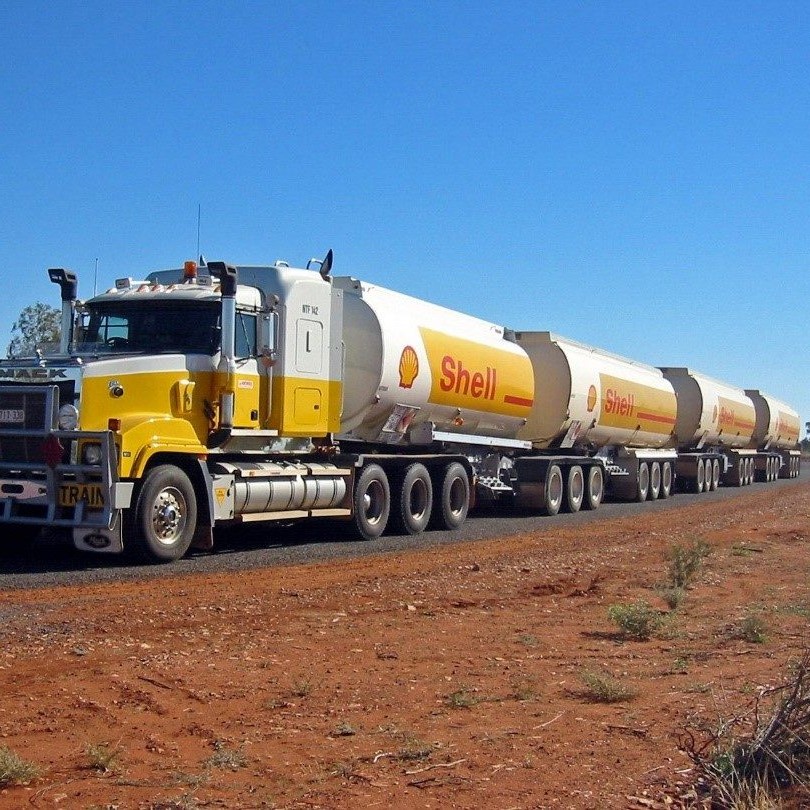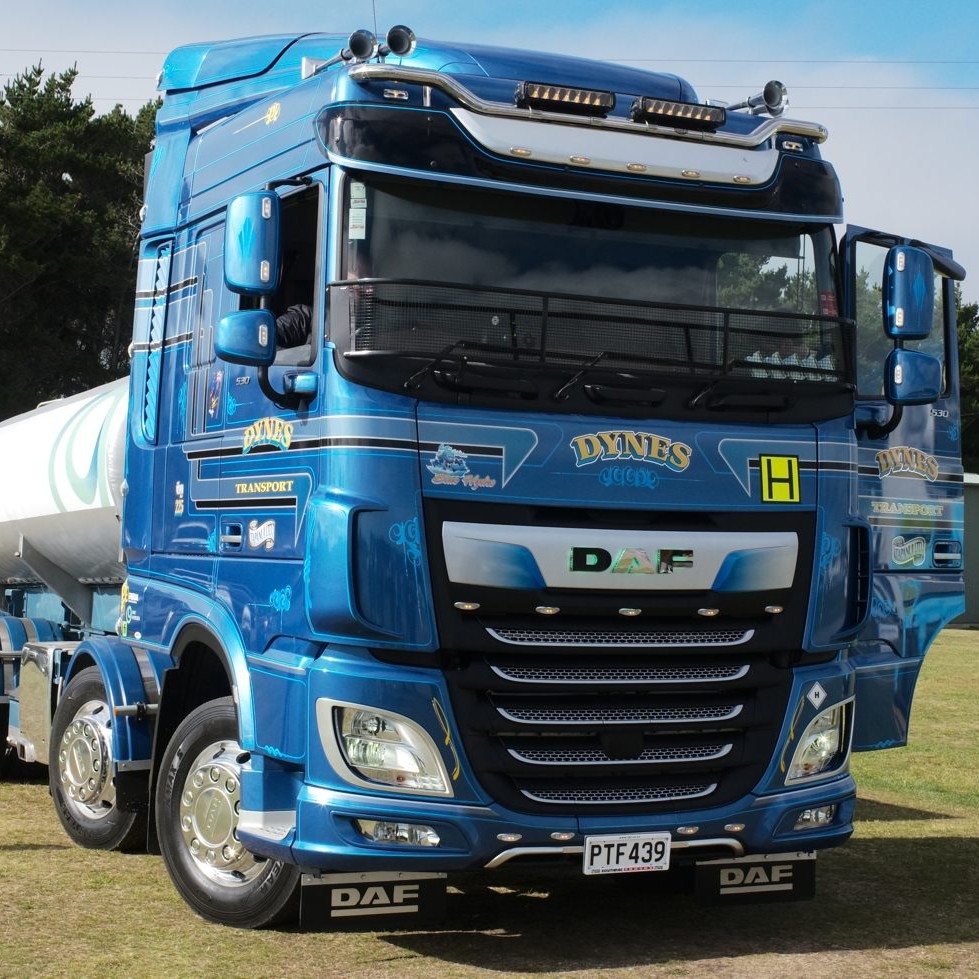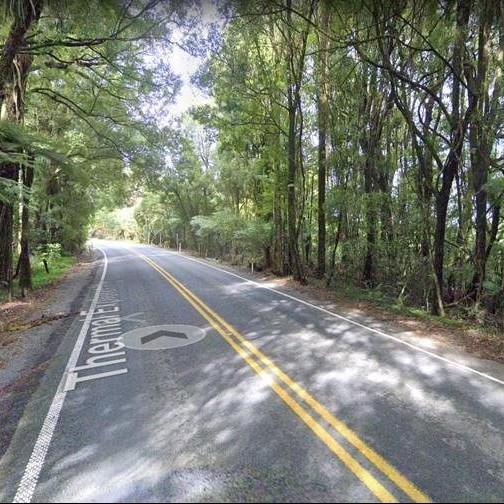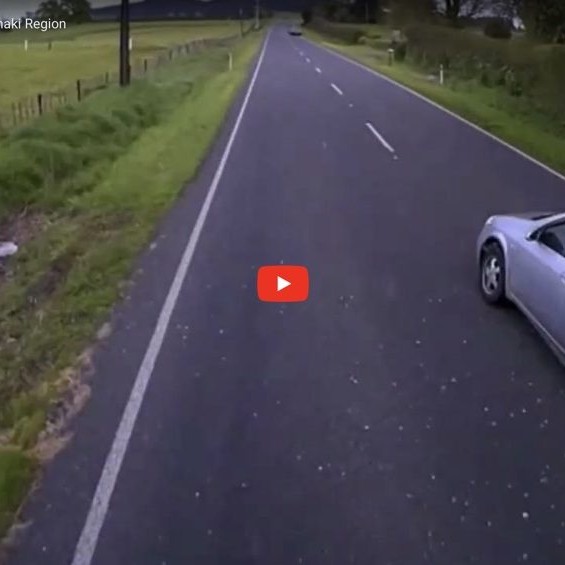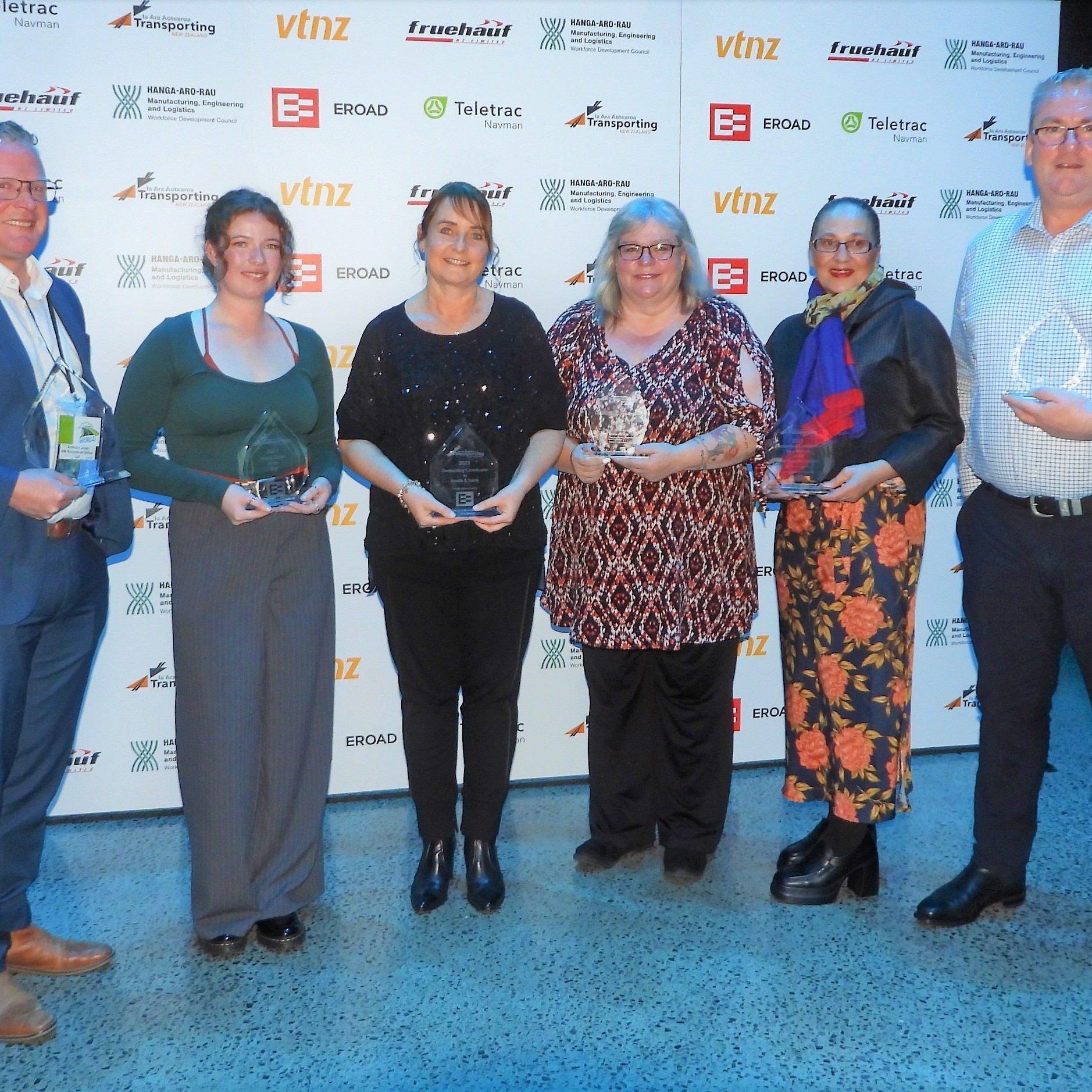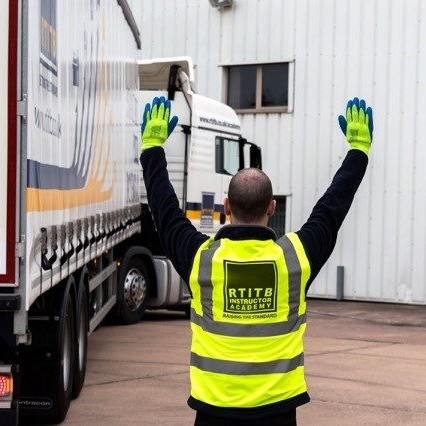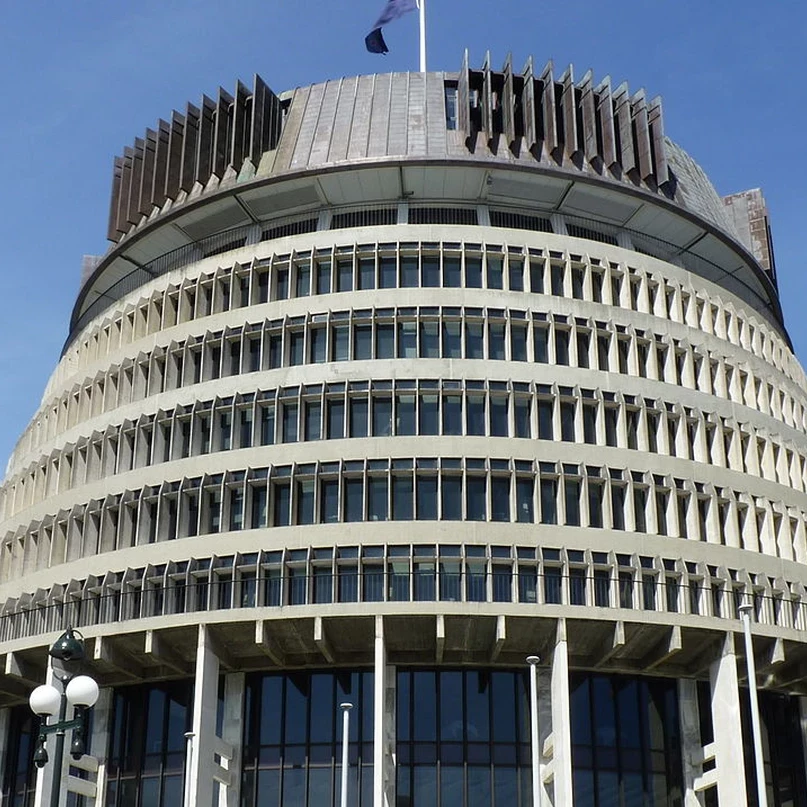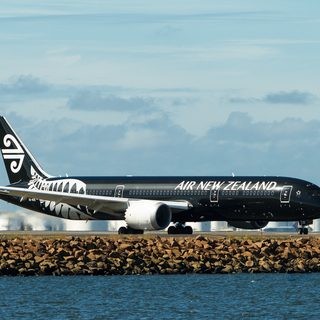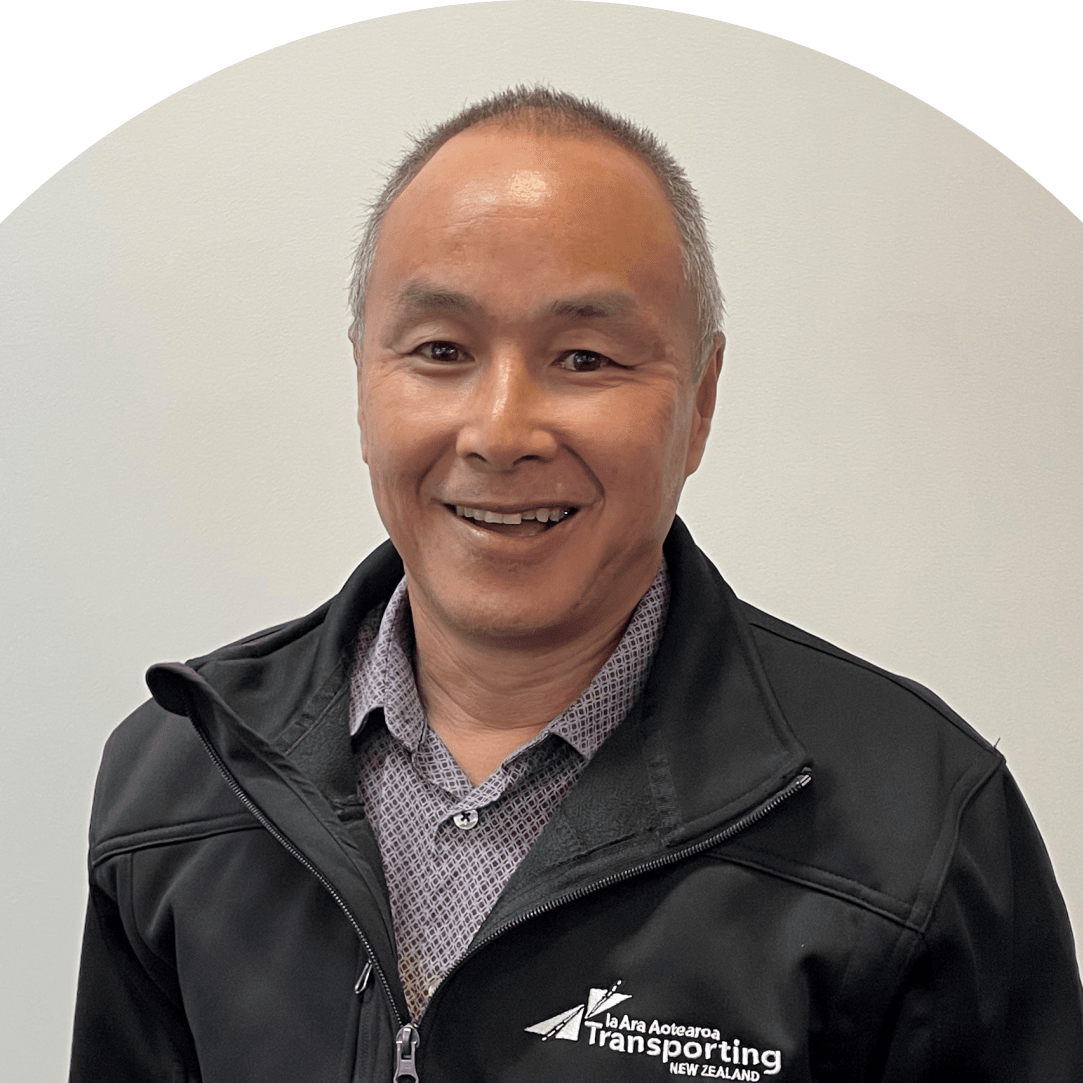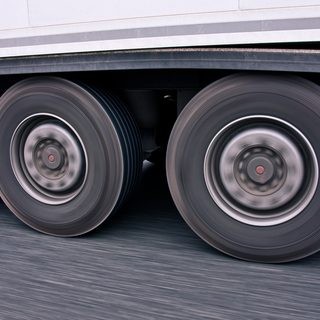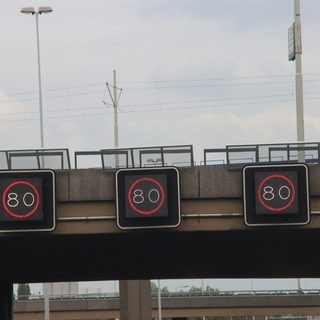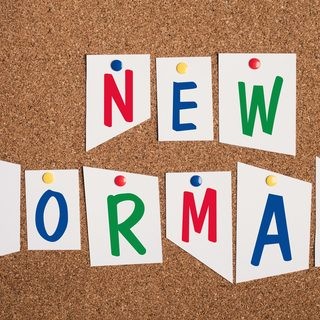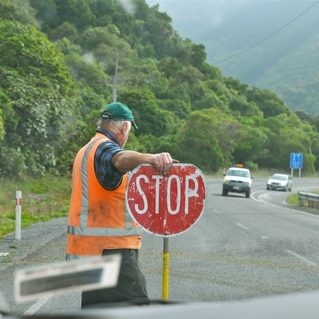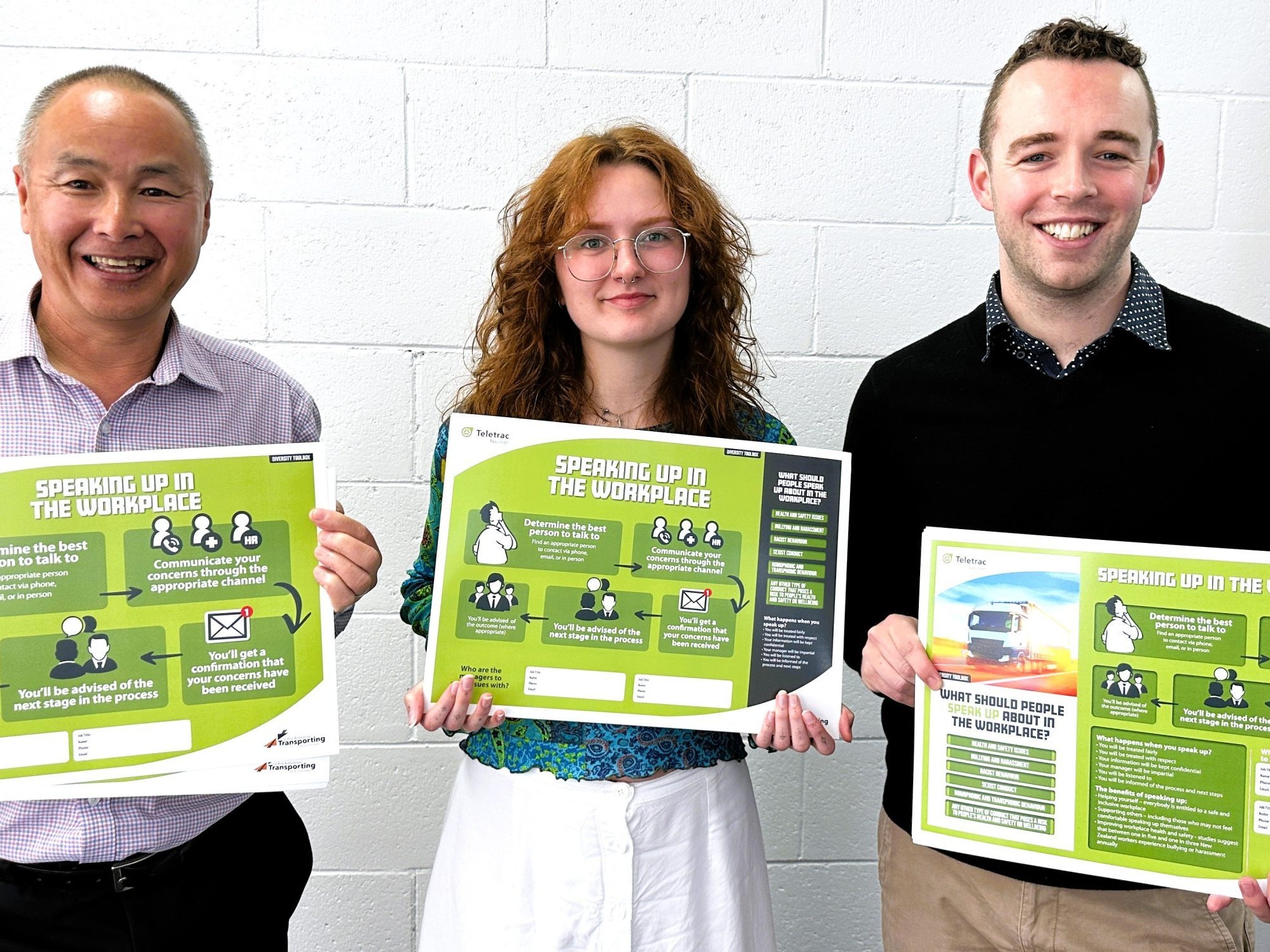
The election is over and so far we haven’t had any immediate action – it will still take a while for the details of the new government to be ironed out – however, for Transporting New Zealand it has been very much a case of business as usual and we’ve been flat out cracking on with the issues our members tell us affect them the most.
I am delighted to be attending the official launch of Transporting New Zealand’s Diversity Toolbox, being held this Friday (October 27) at the Alexander Group premises, in Hautapu, outside Hamilton.

The Toolbox, supported by Teletrac Navman New Zealand, is all about encouraging a diverse and well-supported workforce in order to ensure businesses’ long-term success. It’s part of the Driving Change Diversity Programme, sitting within Te ara ki tua Road to success.
Transporting New Zealand policy advisor Billy Clemens, who has played a key role in developing the Toolbox, believes it will make a big difference – as well as directly benefiting your team members, diversity and inclusion can help address driver shortages and staff turnover, and increase productivity.
It’s also a very practical resource kit for operators and includes a guide to making your job advertisements, position descriptions, and interviewing practices appeal to a wide pool of applicants. With conservative estimates putting the current truck driver shortage at 2,400, road freight businesses need to be casting a wide net – so I’d urge you to take advantage of this support.
To find out more, see roadtosuccess.nz/diversity-toolbox/ to view, download, and order free copies of the Diversity Toolbox today.
Also this week we’ve made a submission to Maritime New Zealand on the draft Approved Code of Practice for loading and discharging cargo at ports and on ships.
A significant number of our members routinely deliver and pick up from ports. They transport
products such as ISO shipping containers, logs, and bulk products such as coal, grain and kernel. So, a well-managed and safe working environment is important to us.
The complexities of the many policies (more than 11 at last count) involved in managing the risk to health, safety and well-being make it difficult for those people working in the environment and most exposed to the risk of harm to understand all their respective obligations. We believe that some videos or simple effective communication summarising what a truck driver delivering or picking up from a port needs to do – and also what the transport business owners need to do – would be very useful. Transporting New Zealand would welcome further discussion with Maritime New Zealand on the development and provision of such information.
Another growing challenge is that as ports seek a higher return on investment relative to their respective land use, the areas allocated for loading and unloading trucks are becoming marginalised and more risk and demand is being placed on drivers being required to undertake difficult reversing manoeuvres.
In an effort to mitigate the risk of trucks experiencing delays and queuing at their ports some ports have recently implemented booking systems. However, rather than reduce the health and safety risk to drivers this is merely shifting the problem off port land.
We have also been working with members to challenge the draft Speed Management Plans in Palmerston North and Taranaki. We are concerned that councils, or RCAs (Road Controlling Authorities), are forging ahead with speed limit changes regardless of National, which will form the next government, spelling out very clearly that it intends to reverse these changes. Once again, I would like to point out that Transporting New Zealand totally supports measures that improve roads safety, however, some of the proposed limits are nonsensical.
Finally, another area we are pushing back on is changes that will make it harder for international drivers to convert their licences so they can drive in New Zealand.
We strongly believe some of those proposed changes have been poorly thought out, and we look forward to working with the incoming government to improve the situation for our members.

